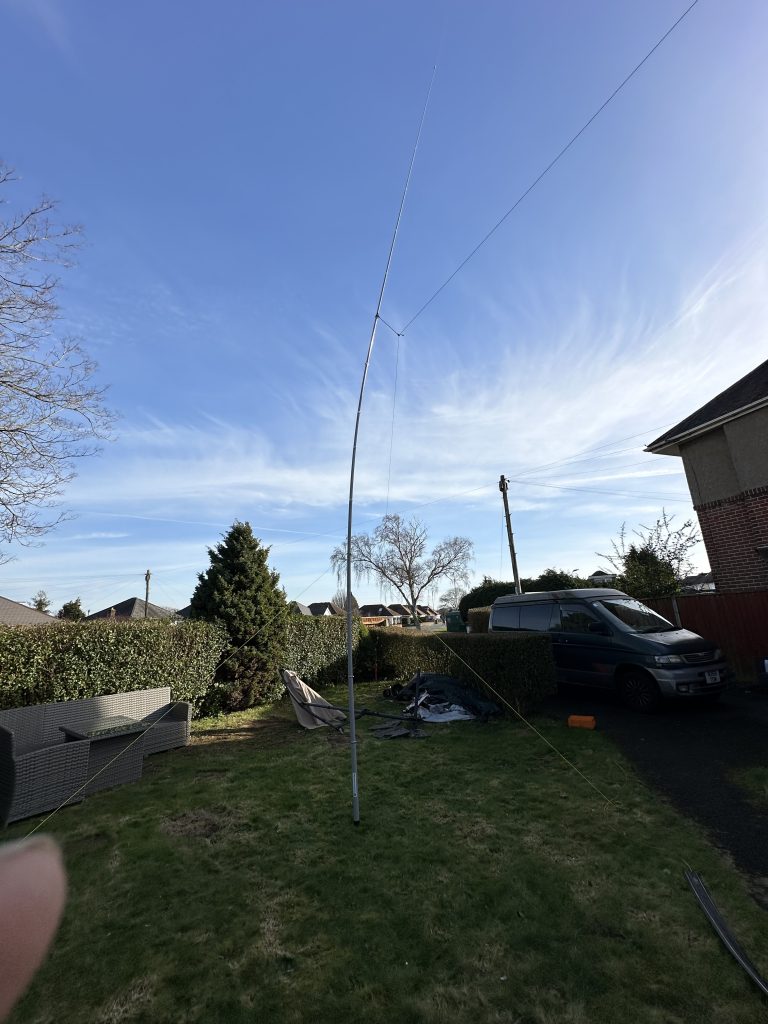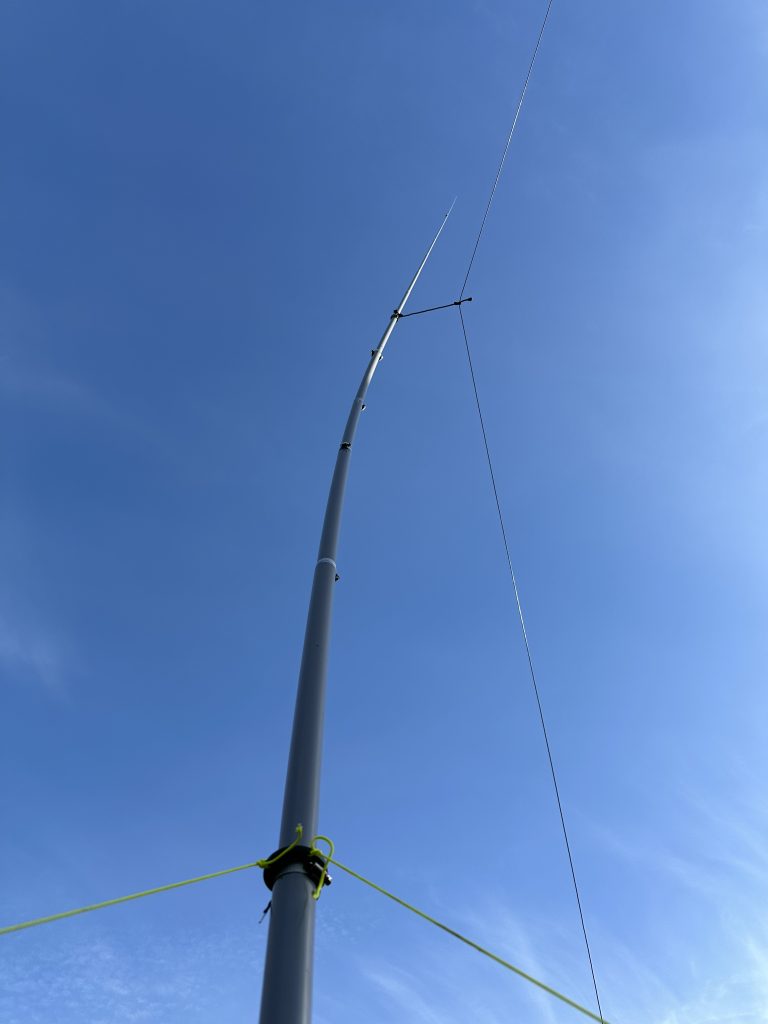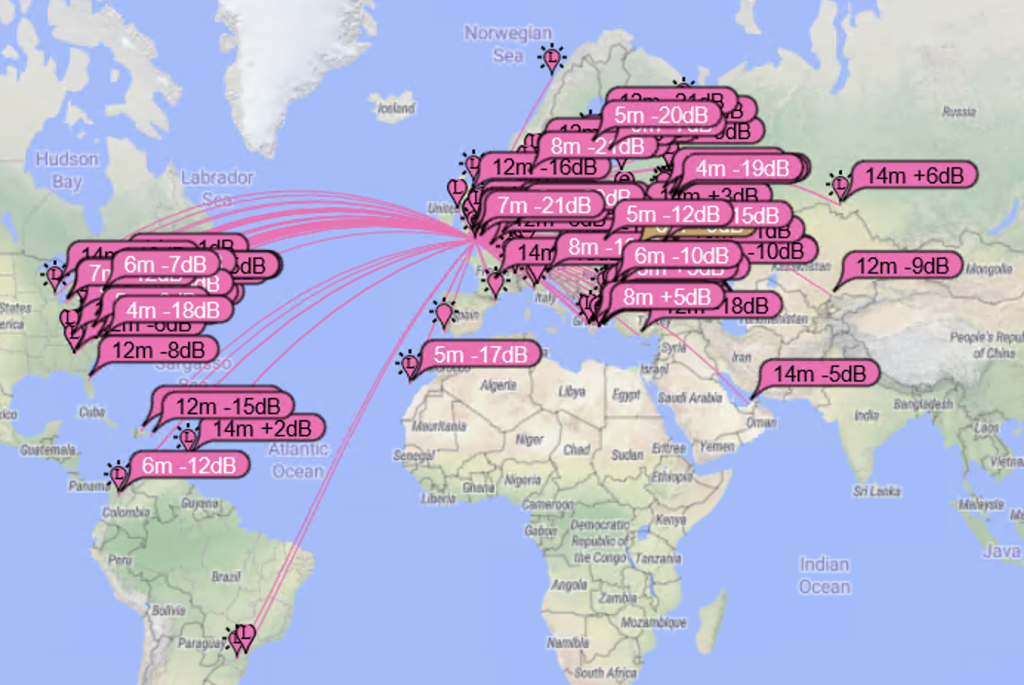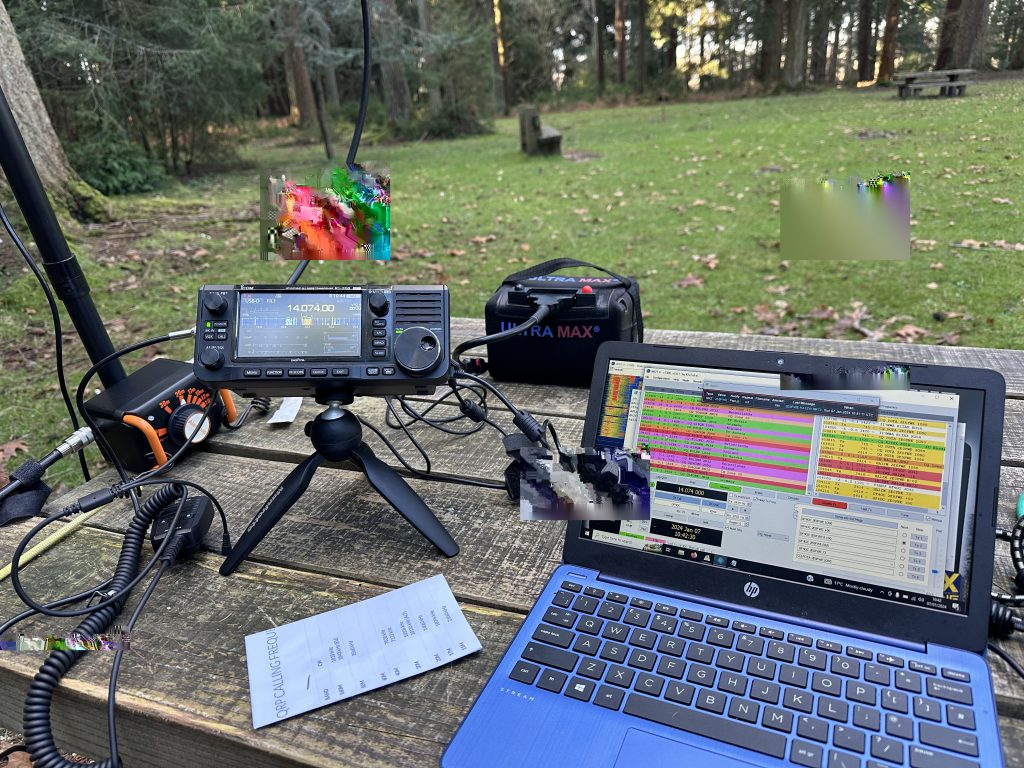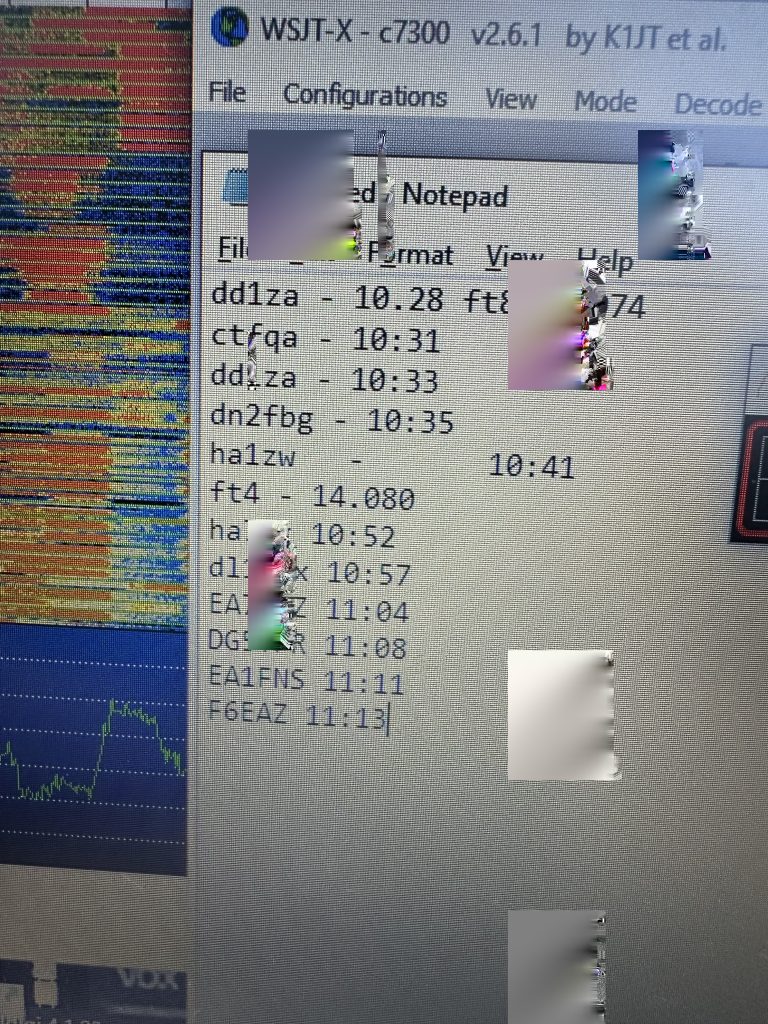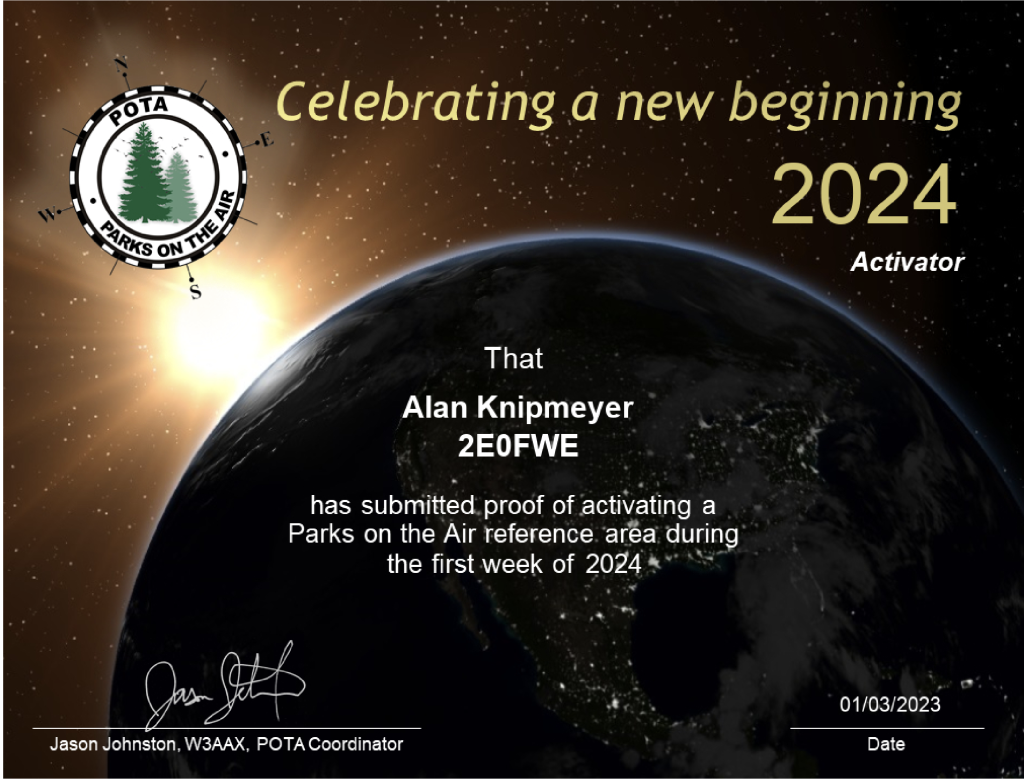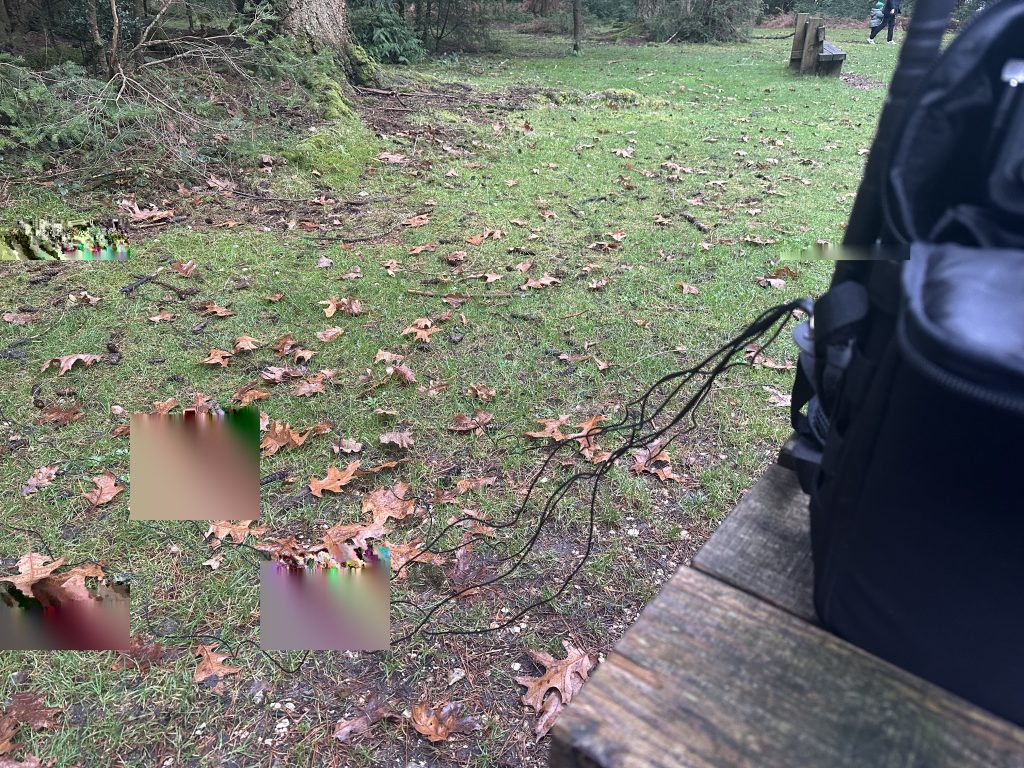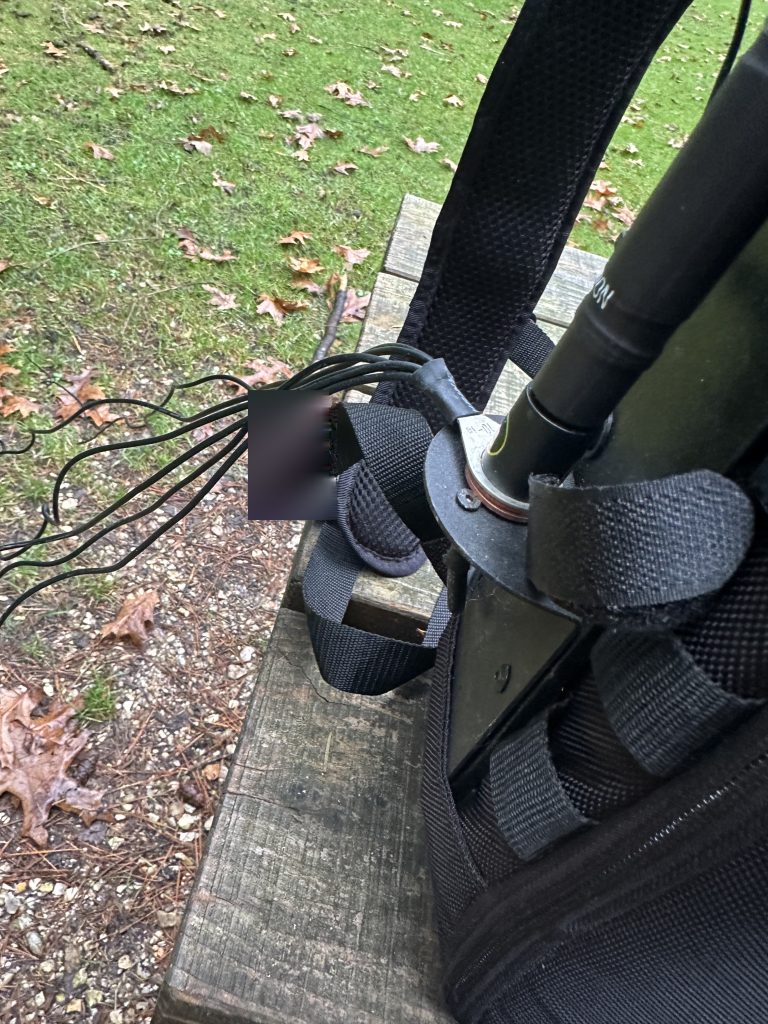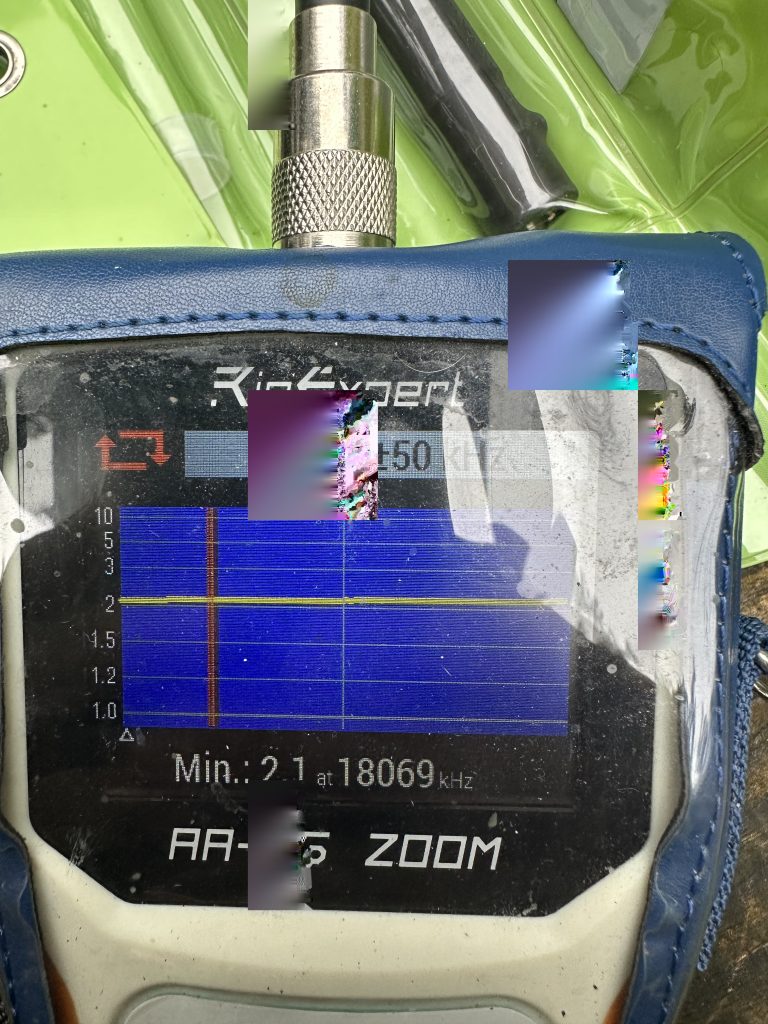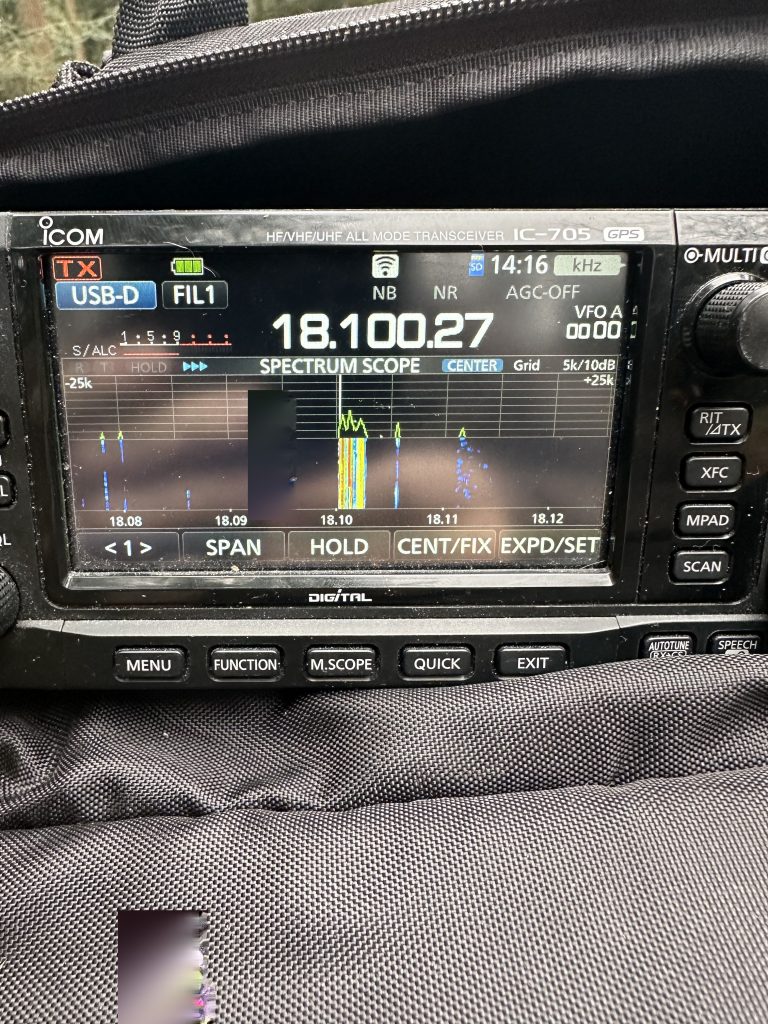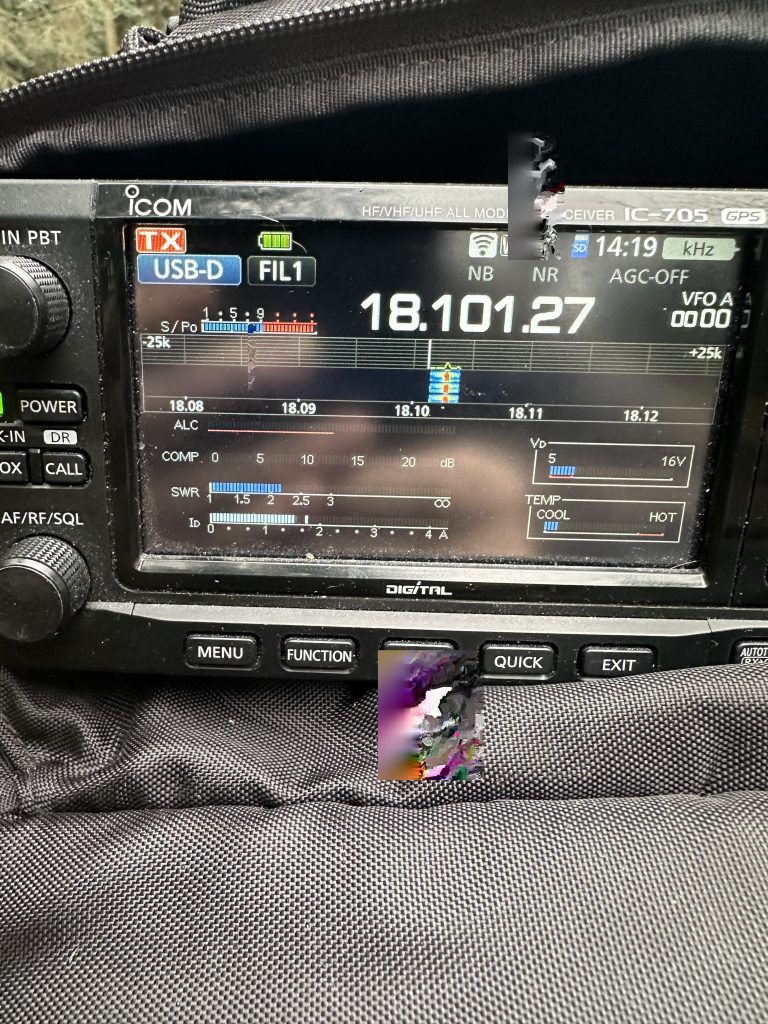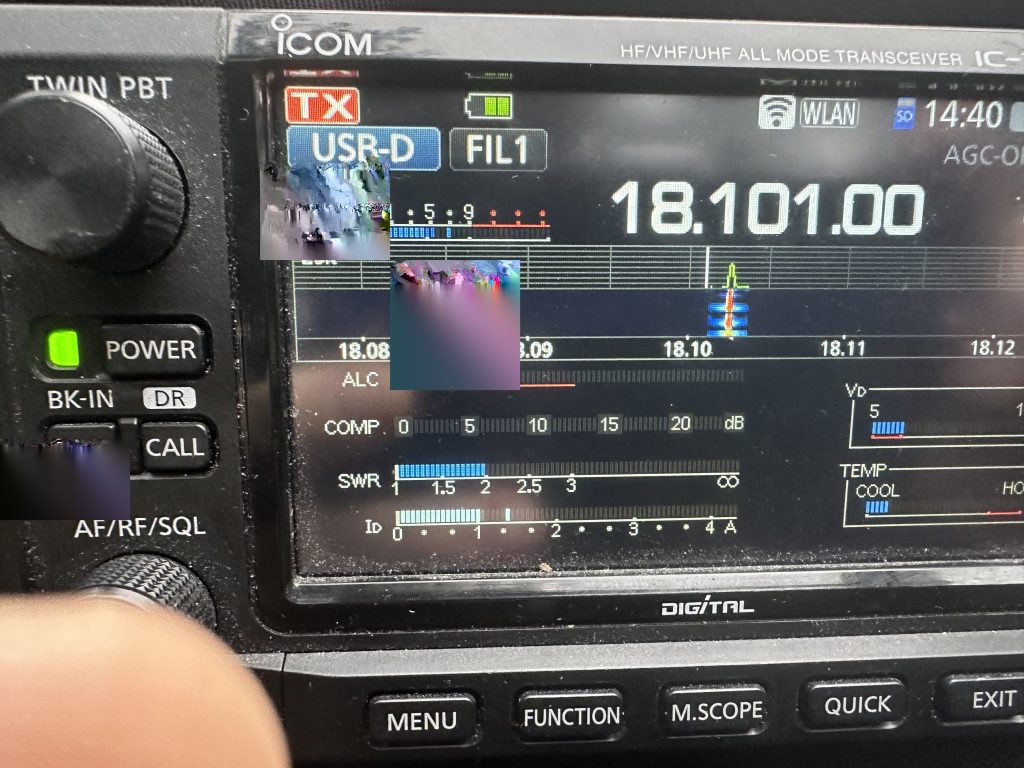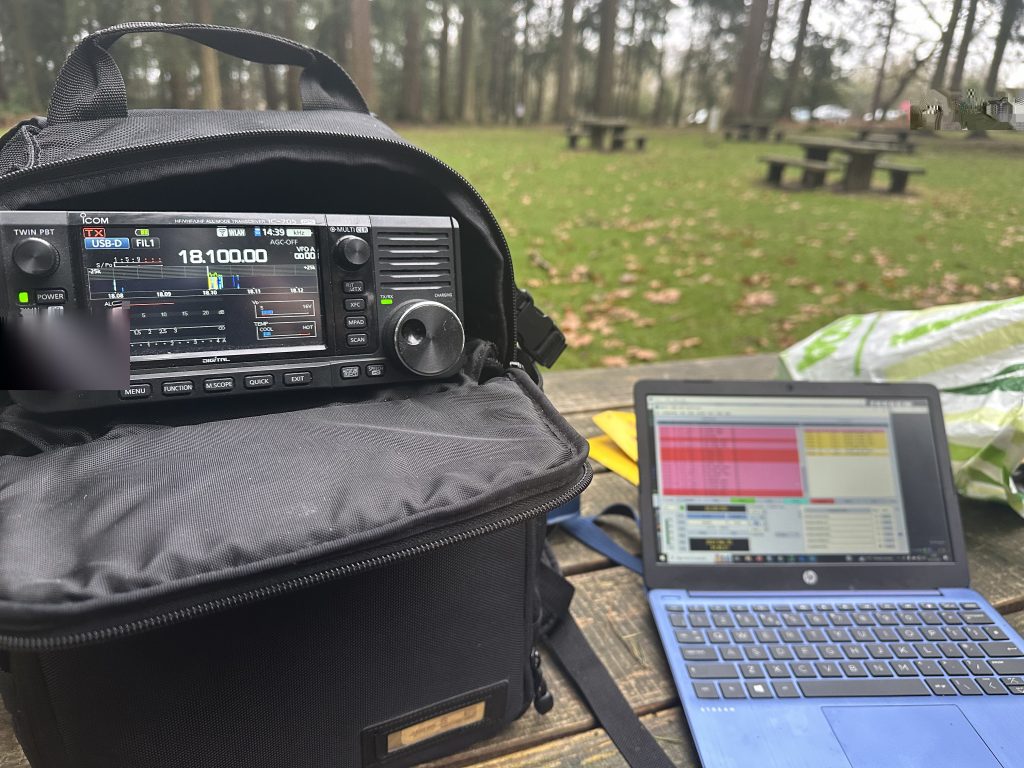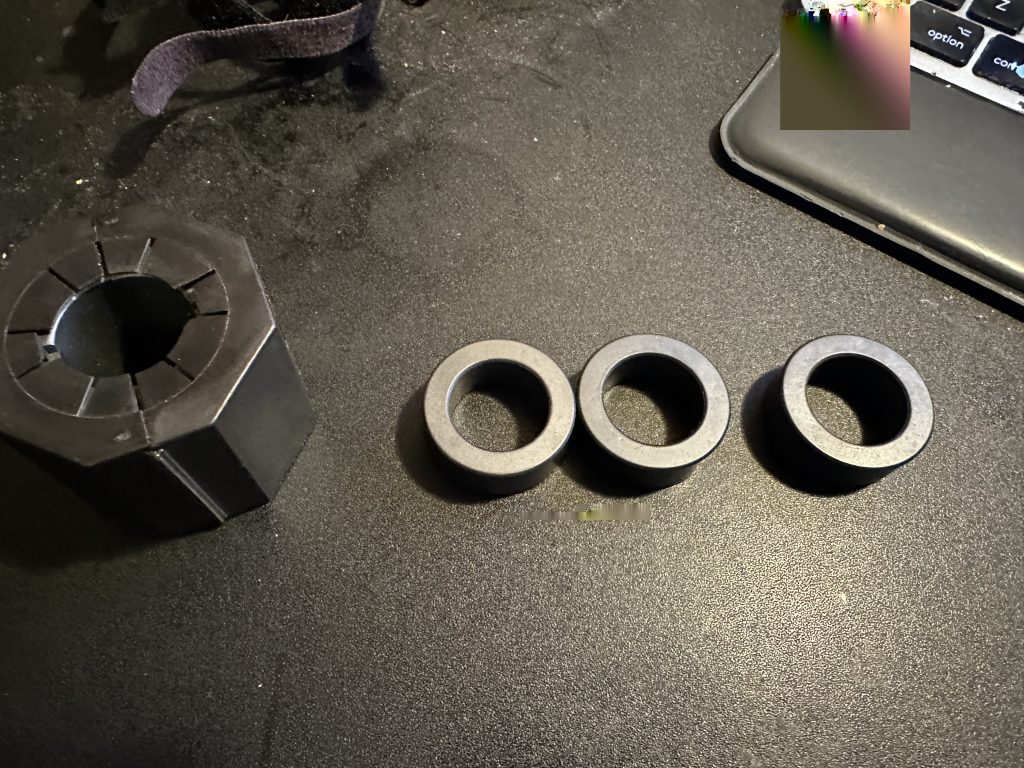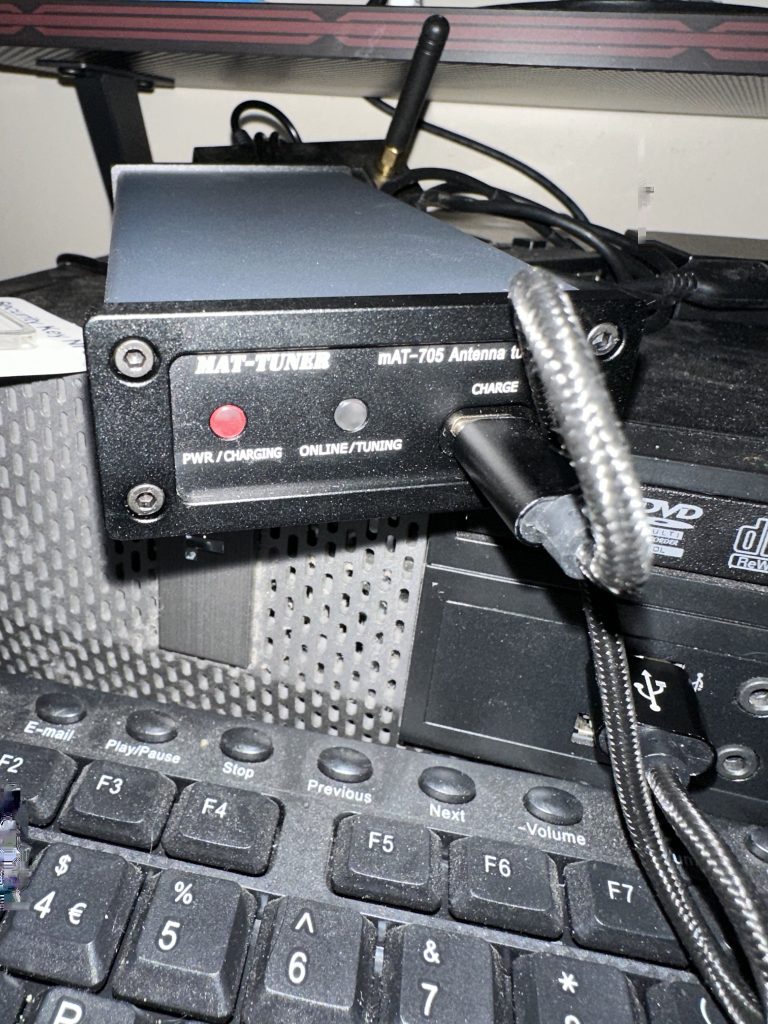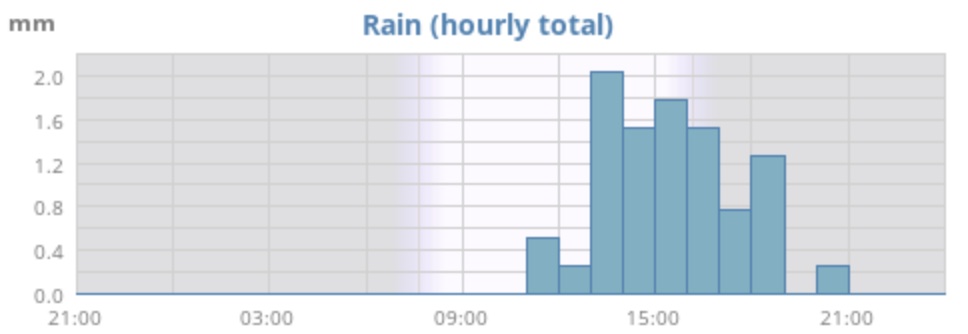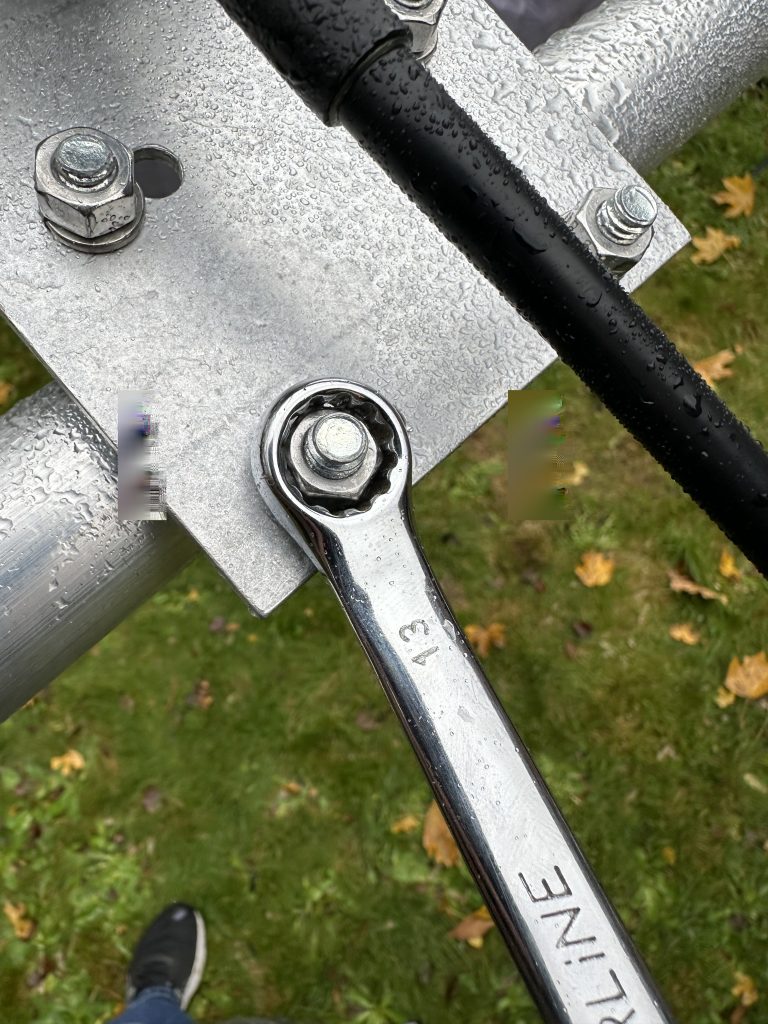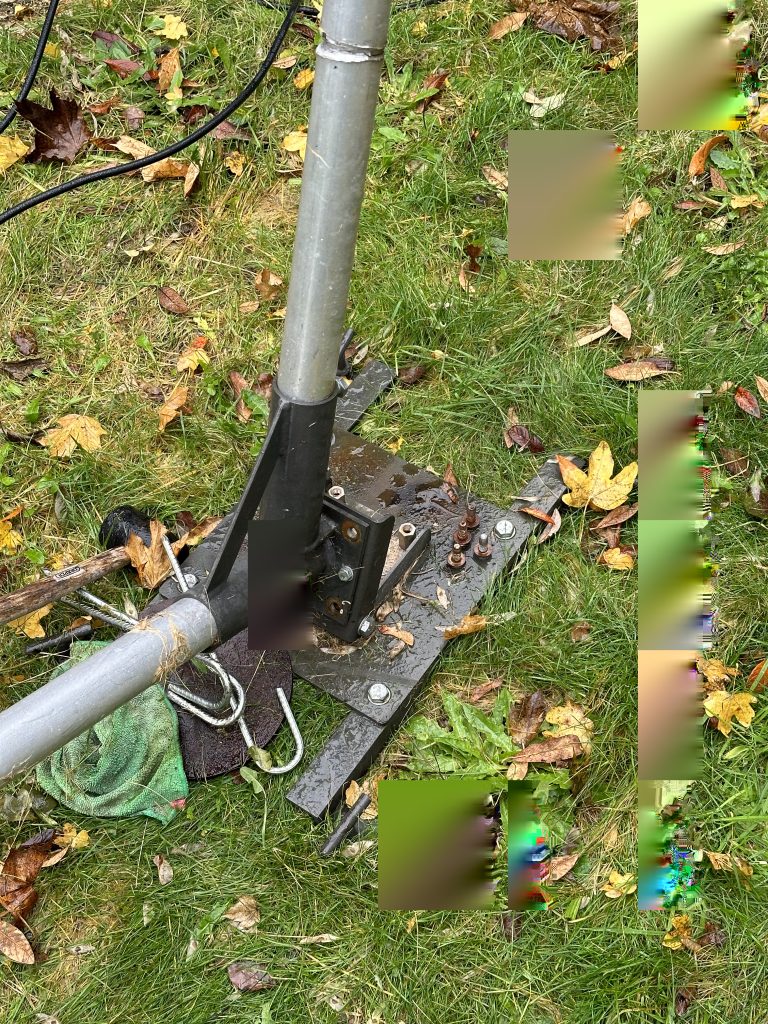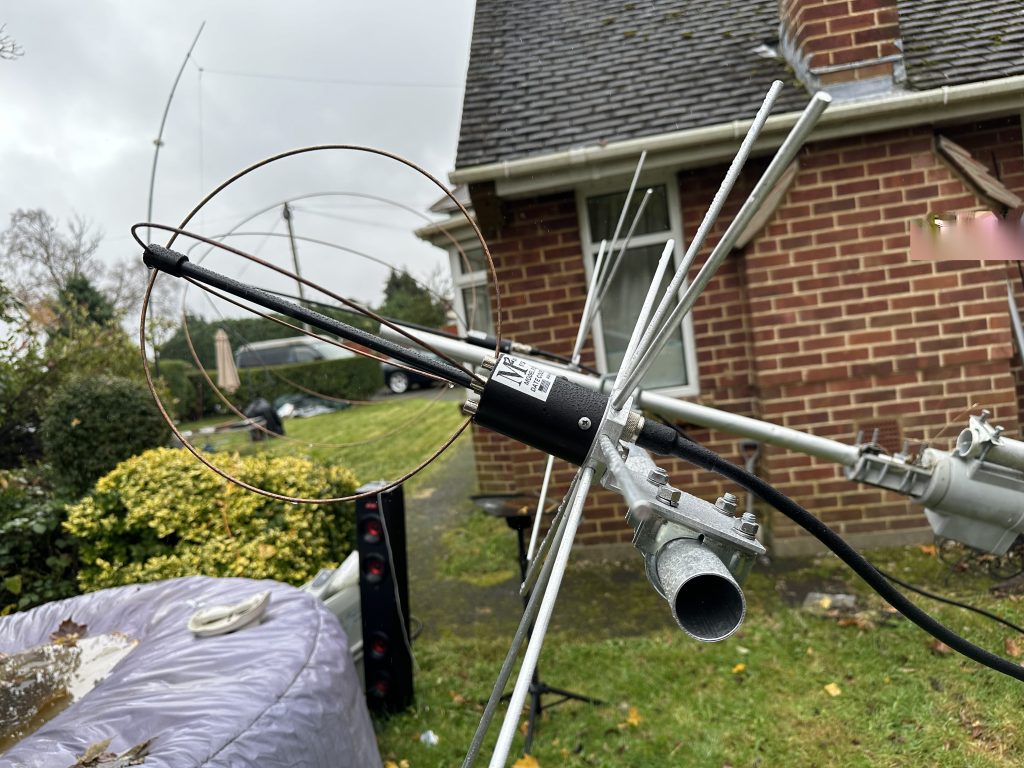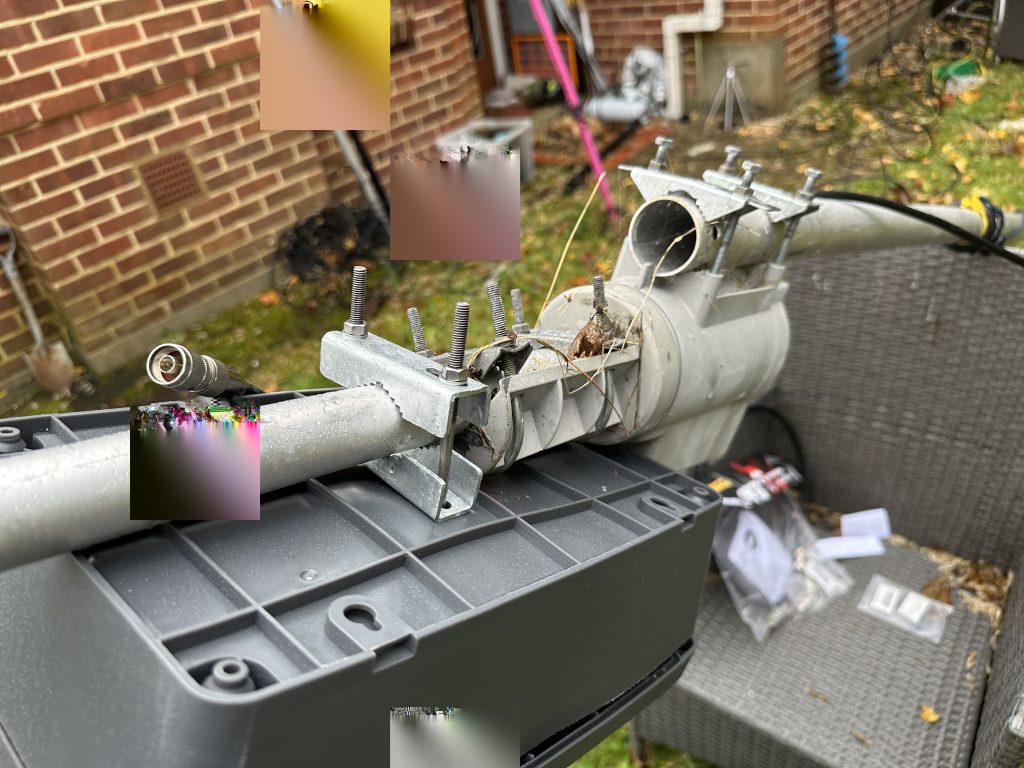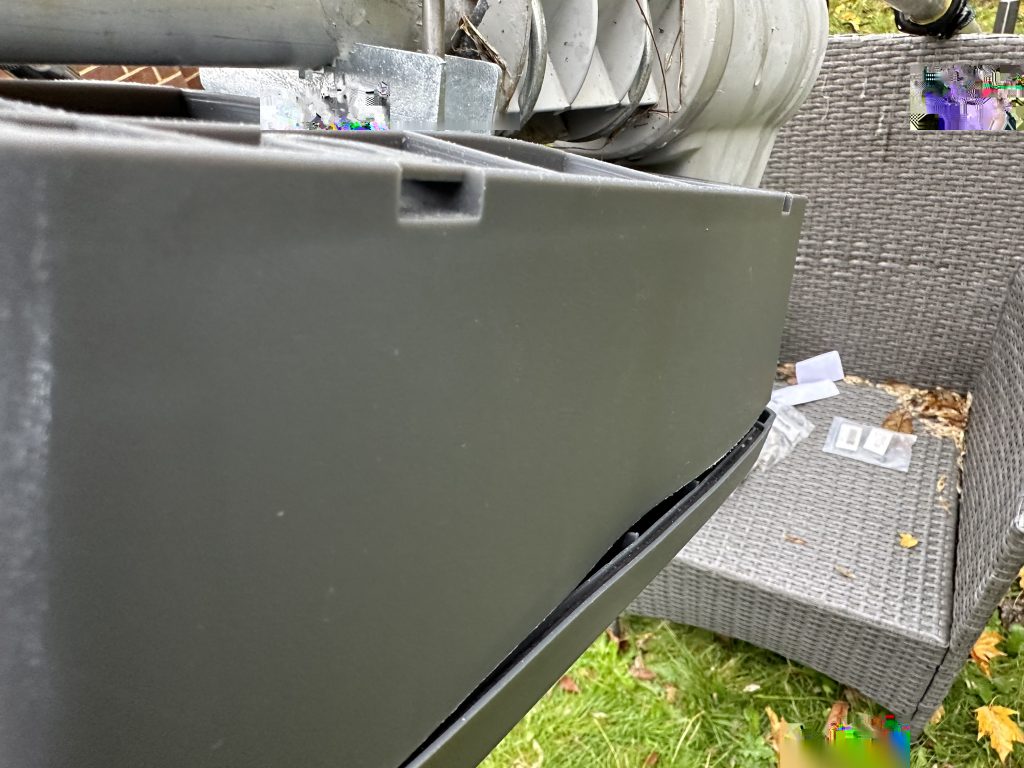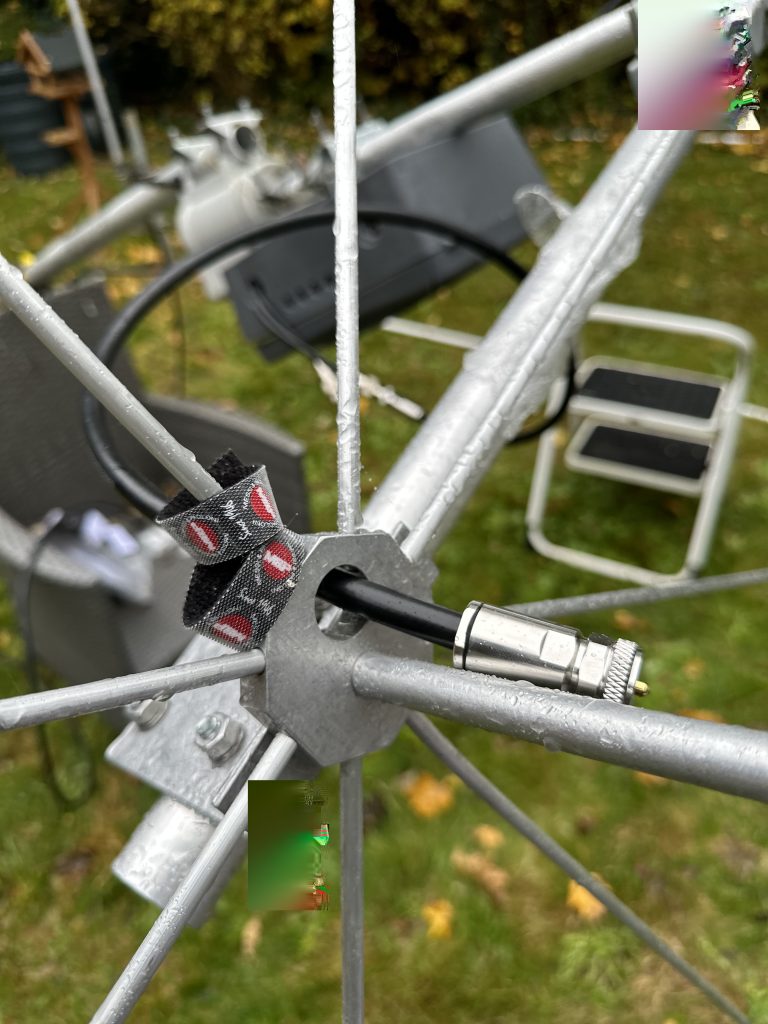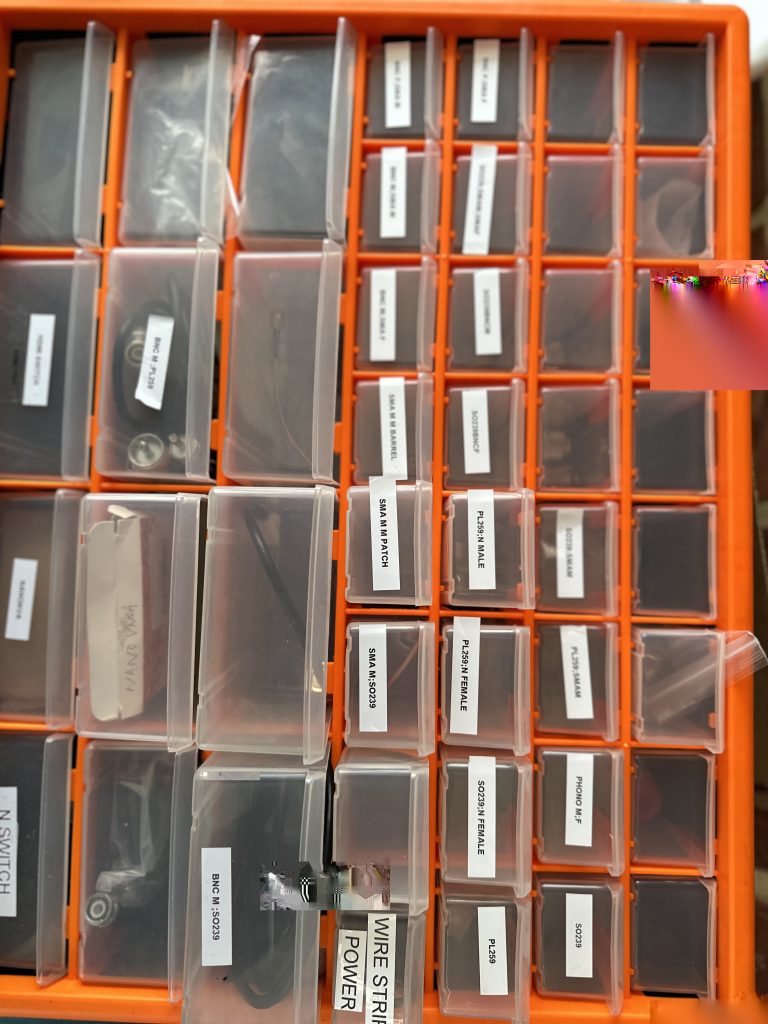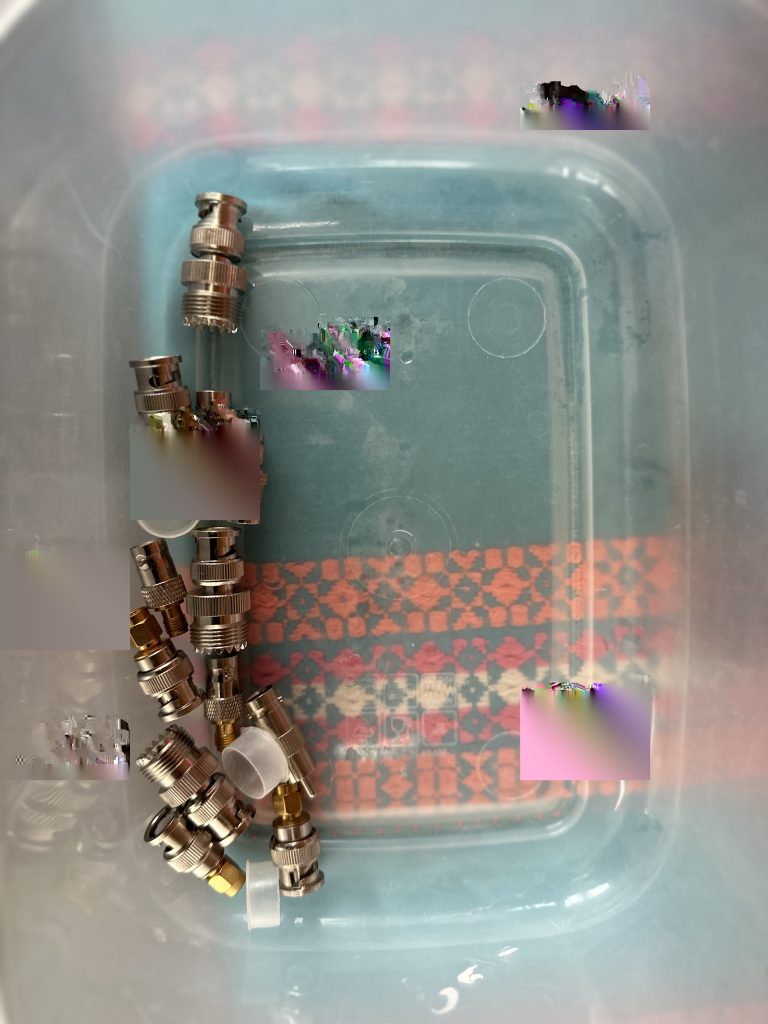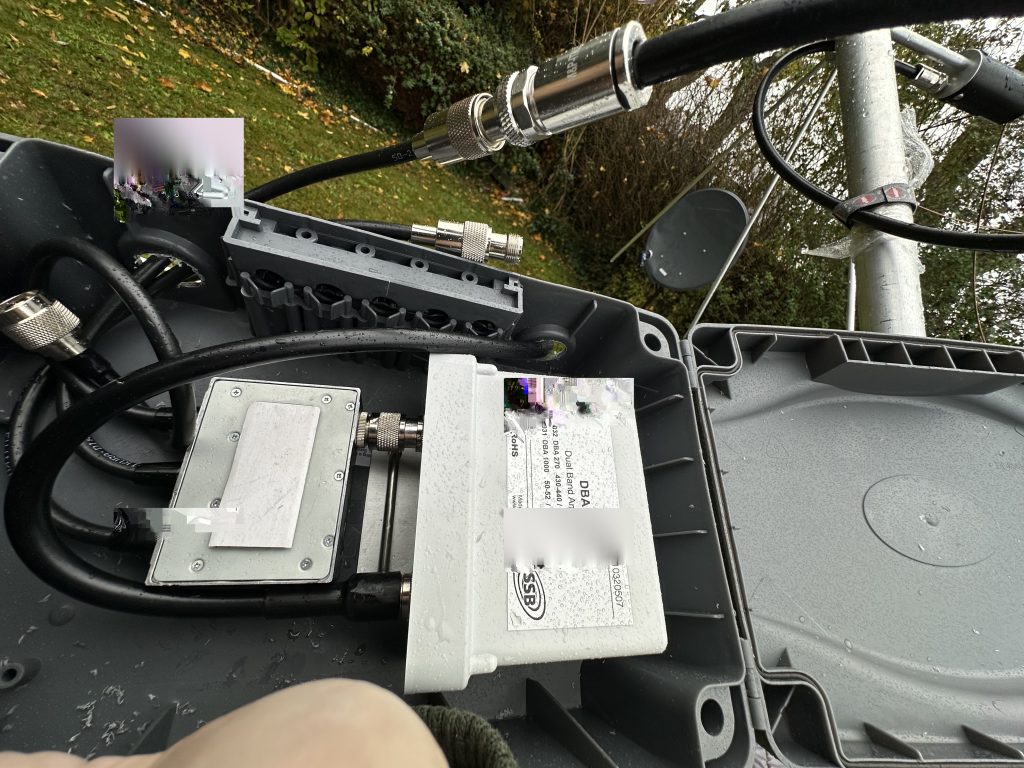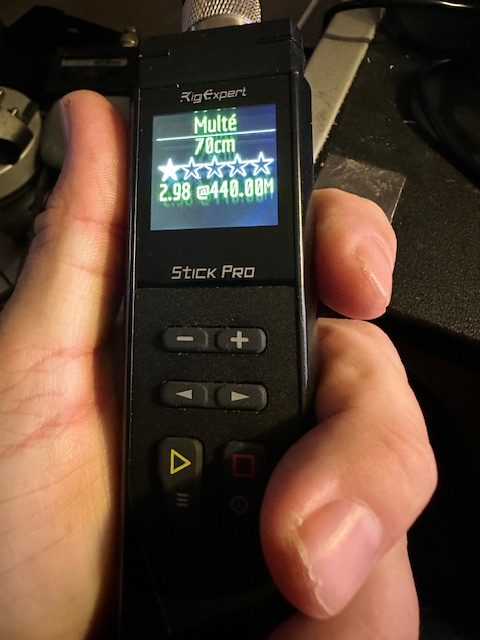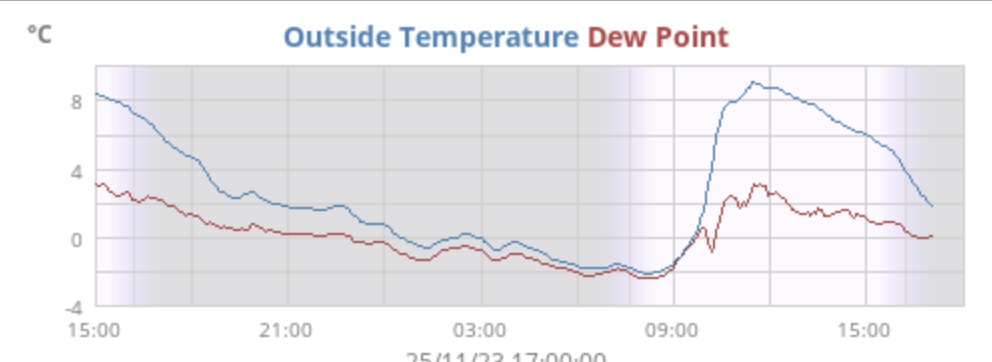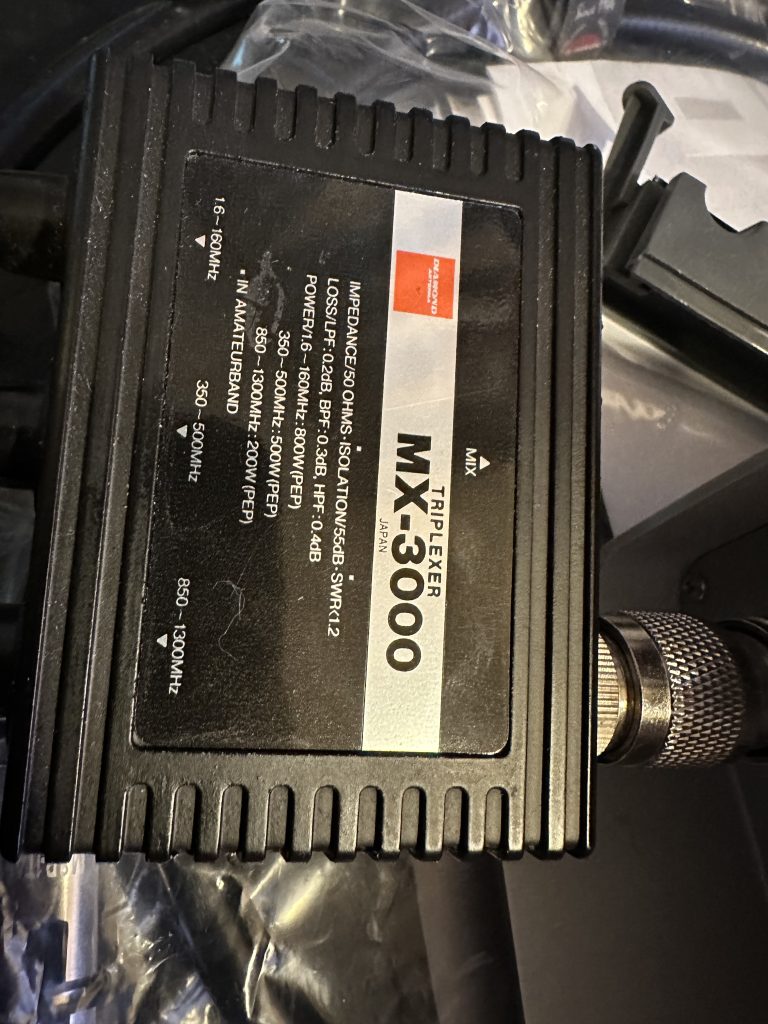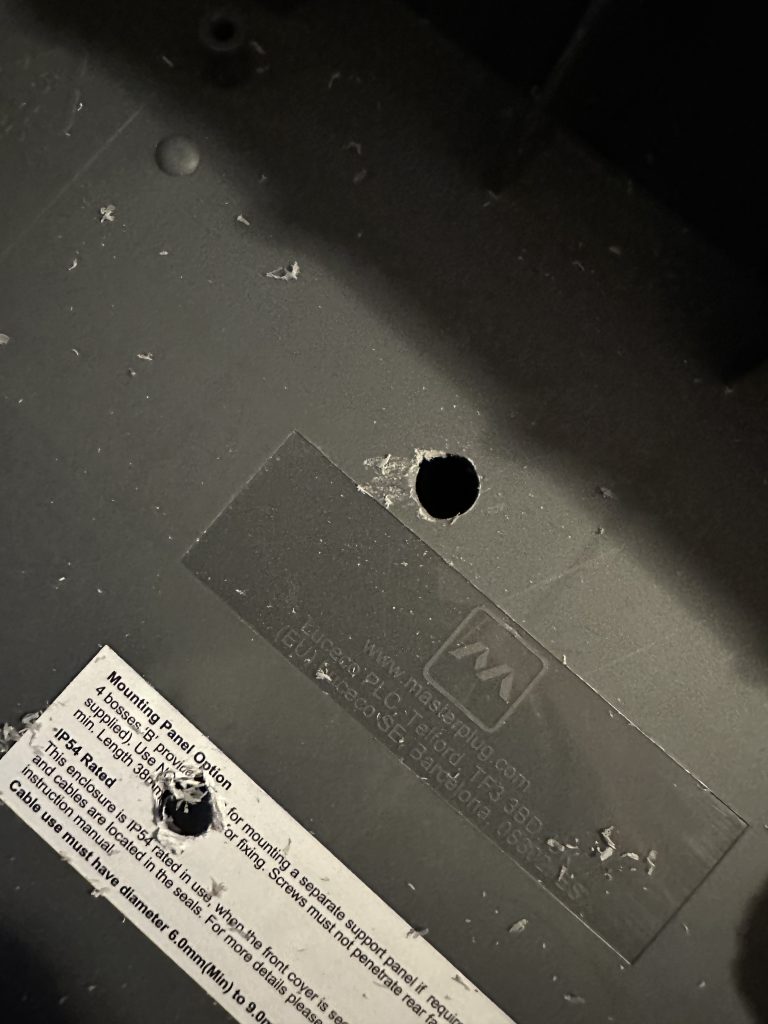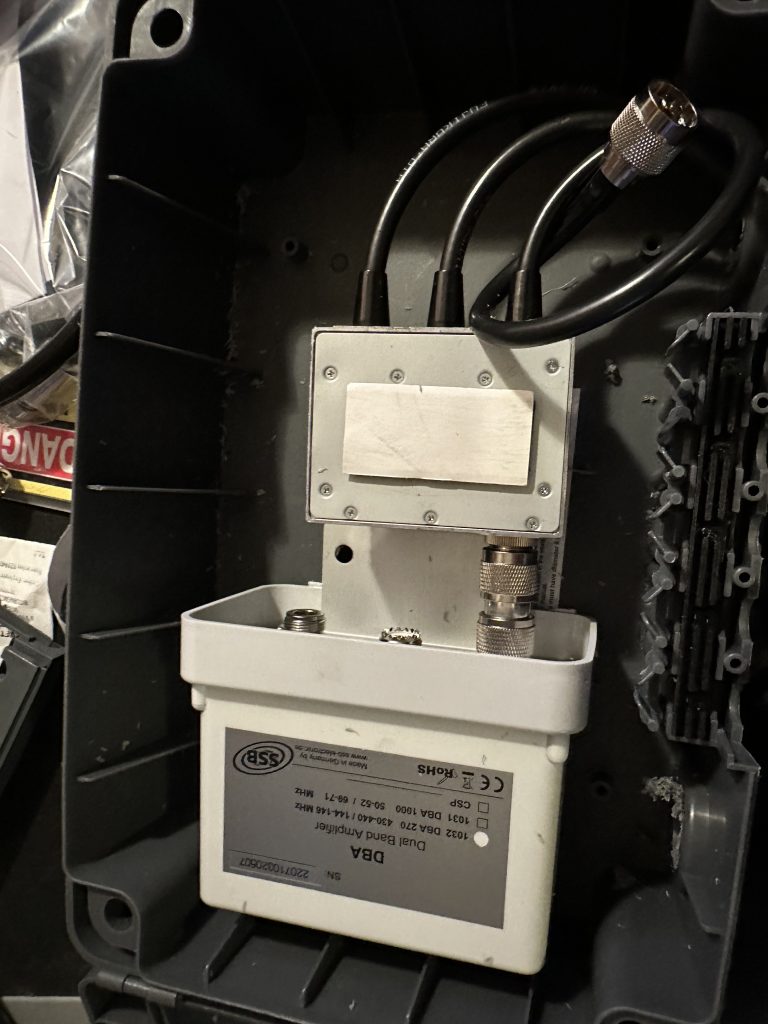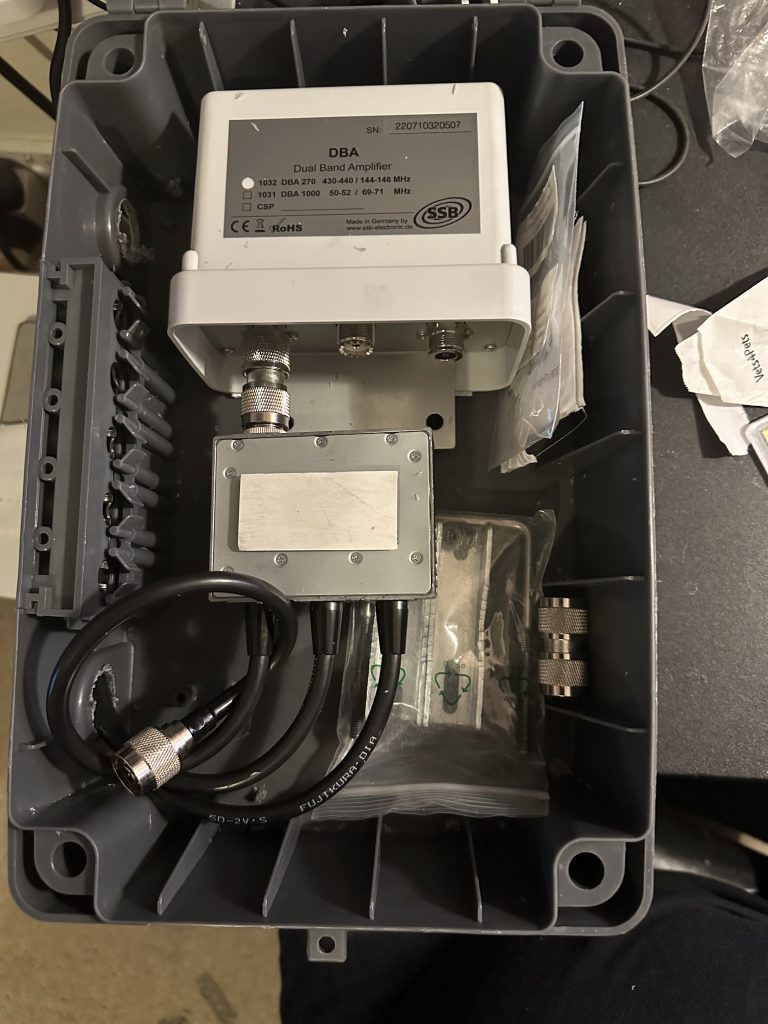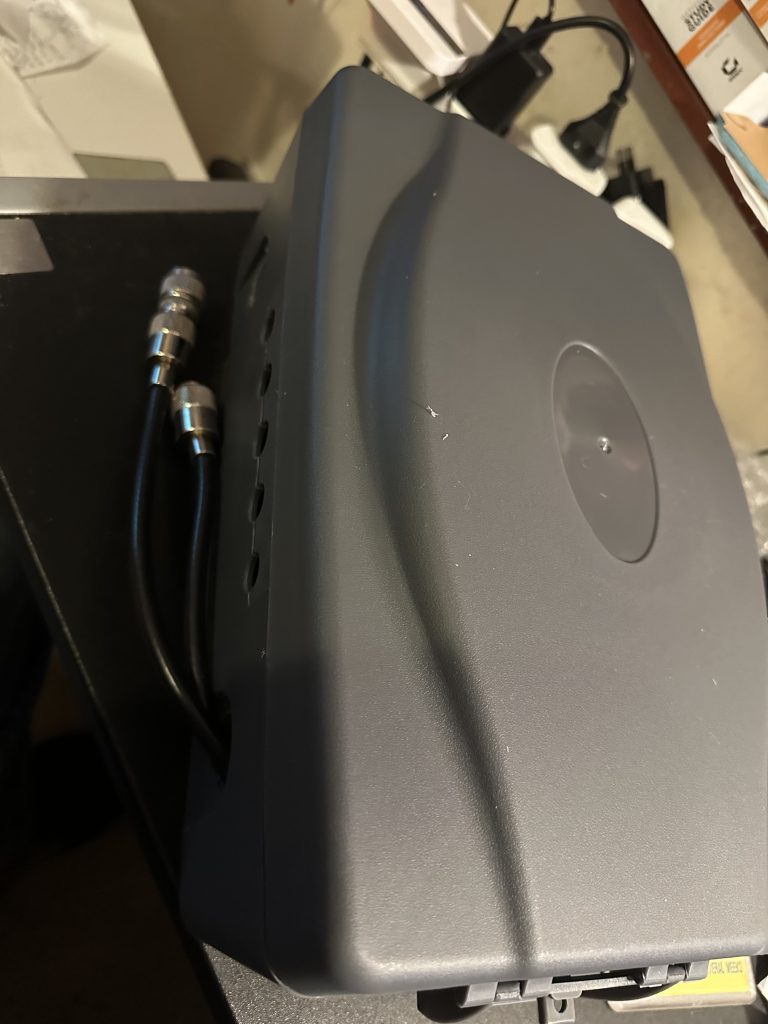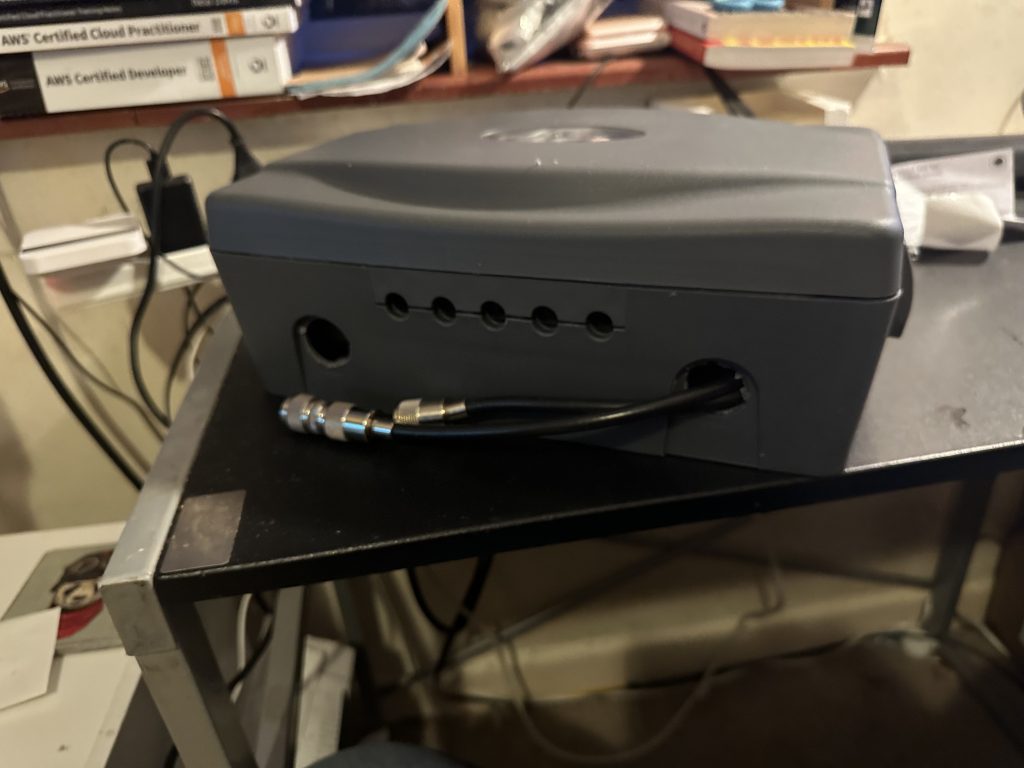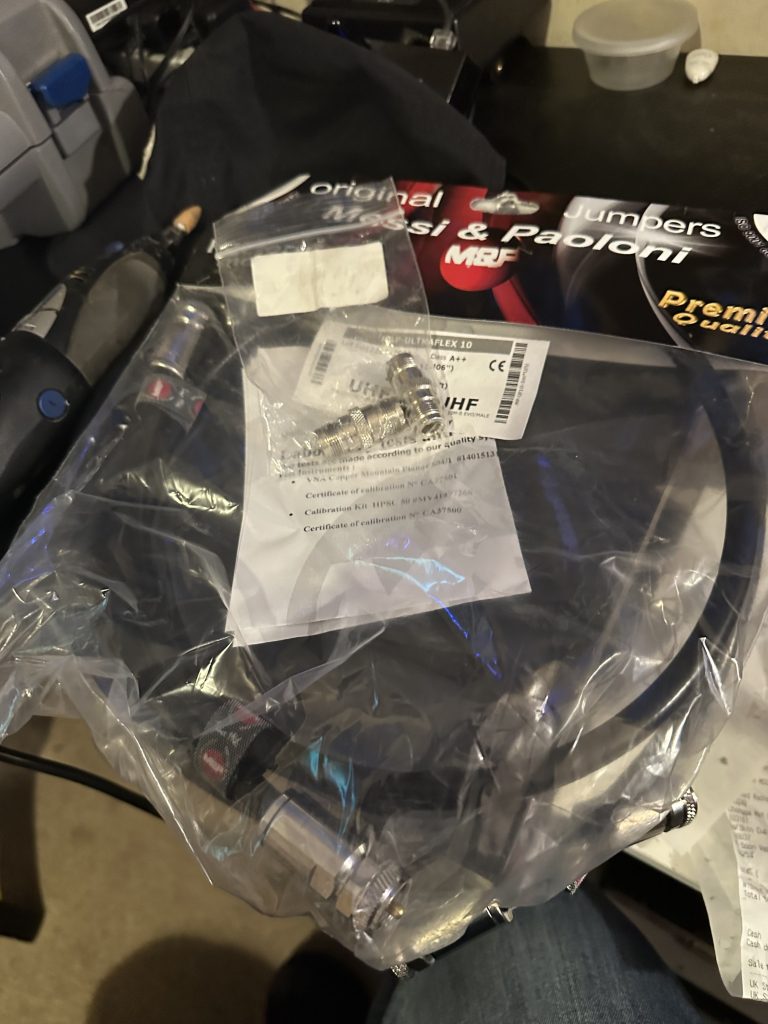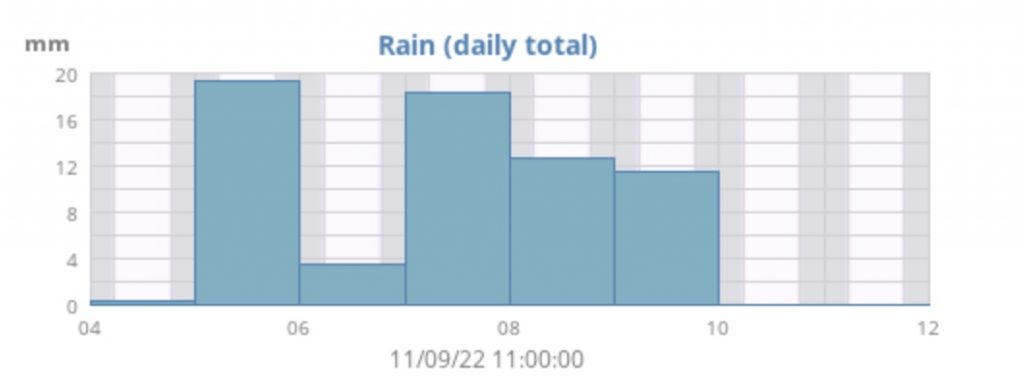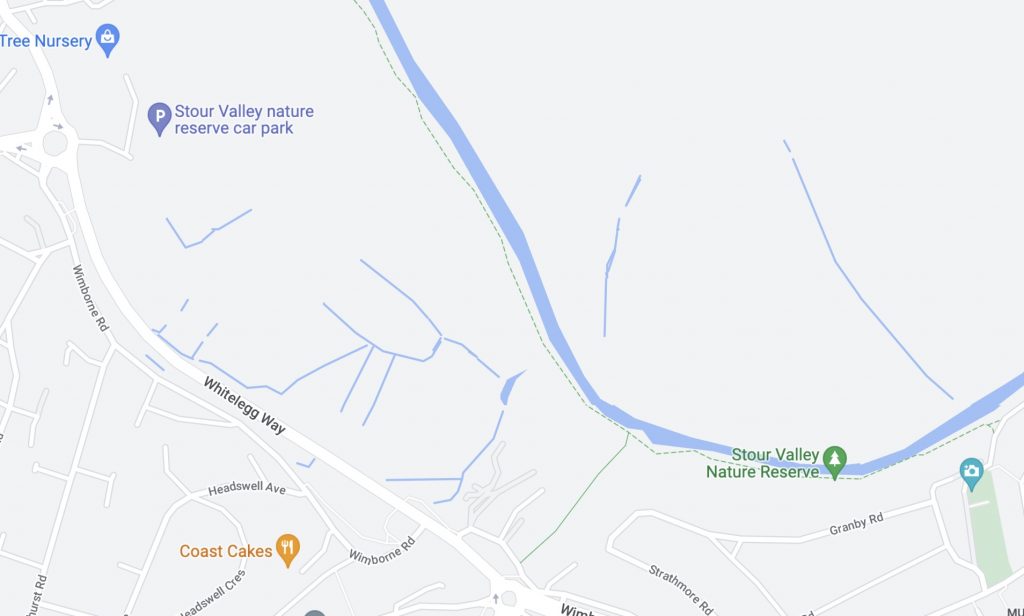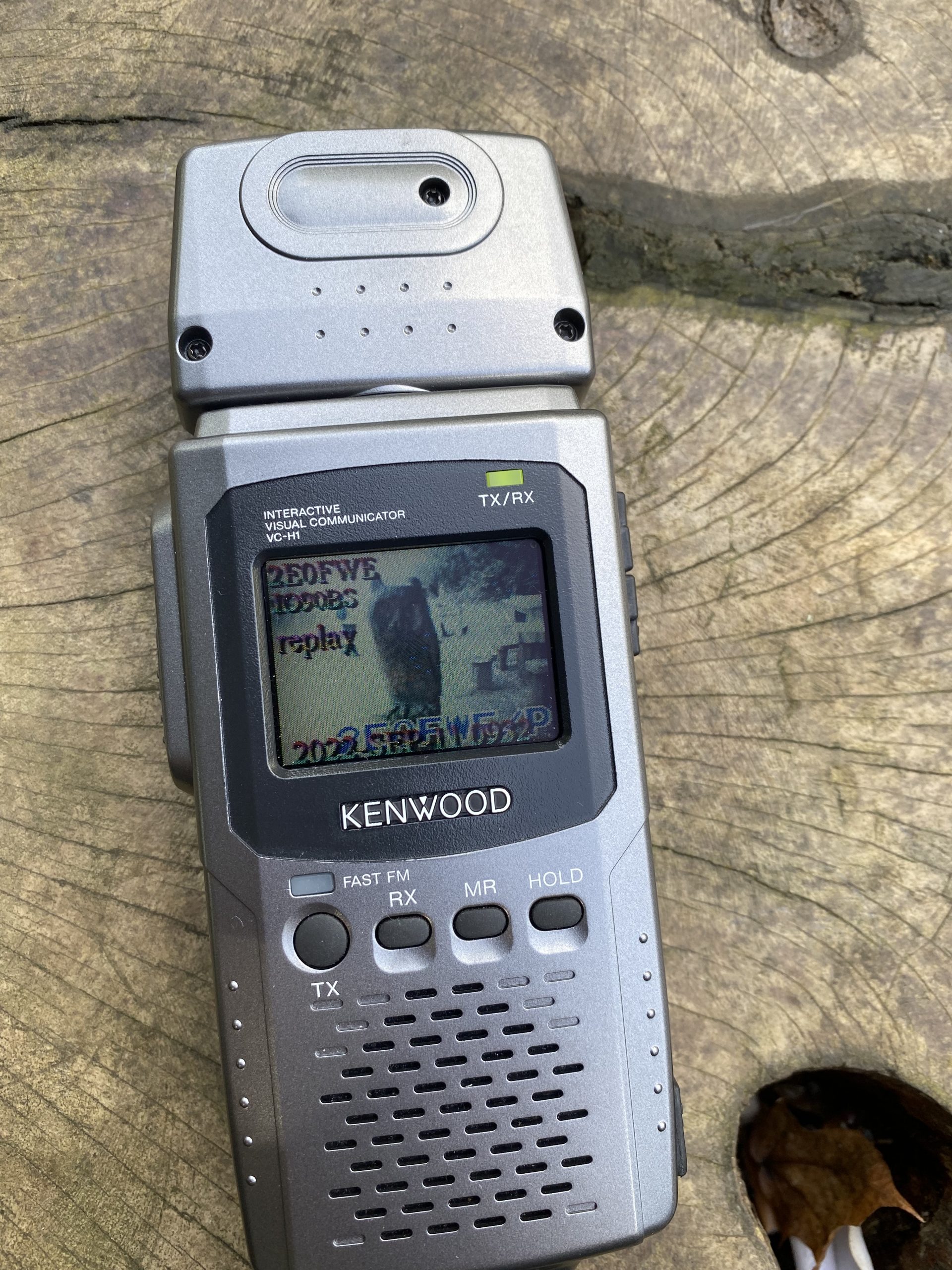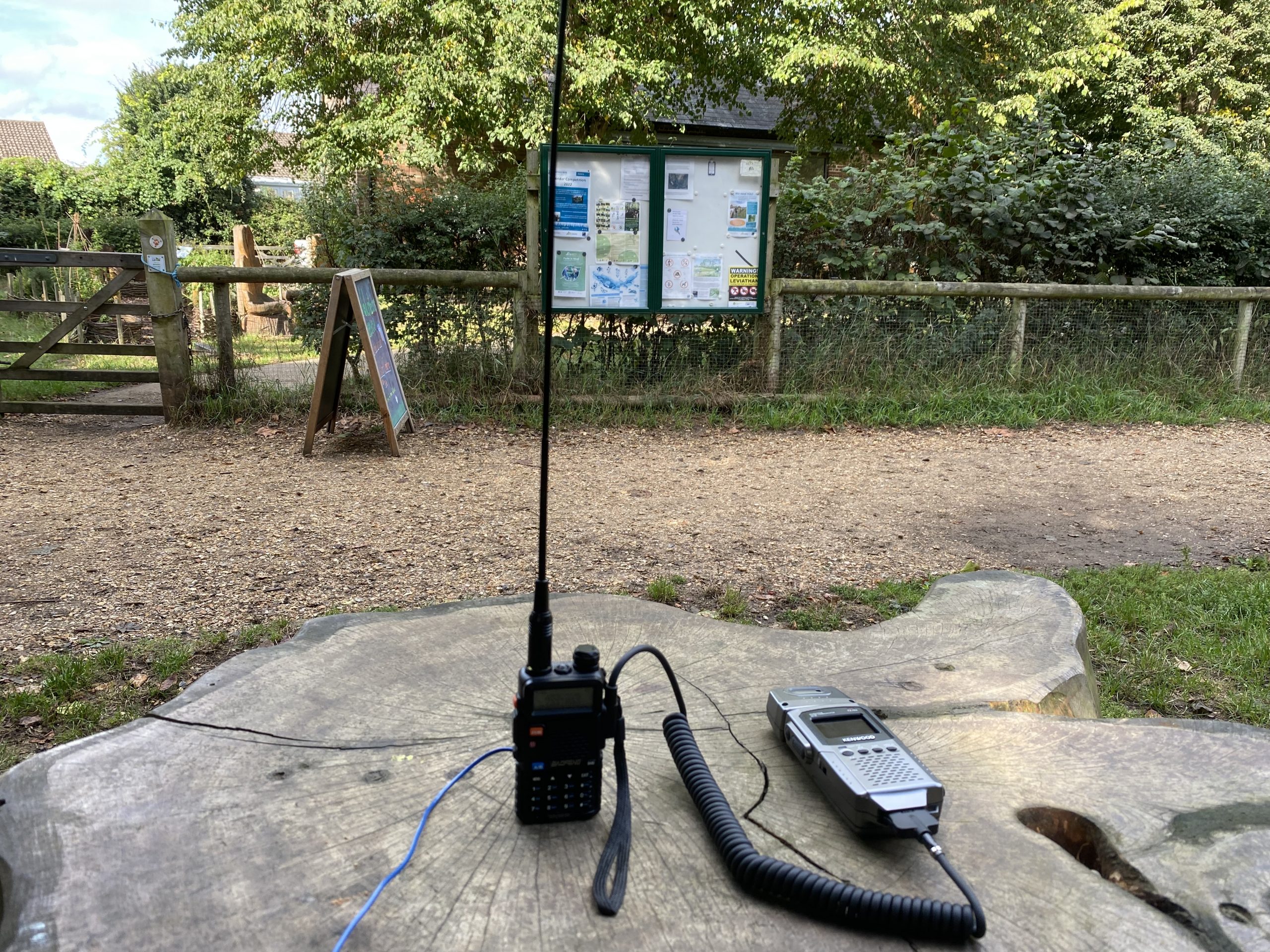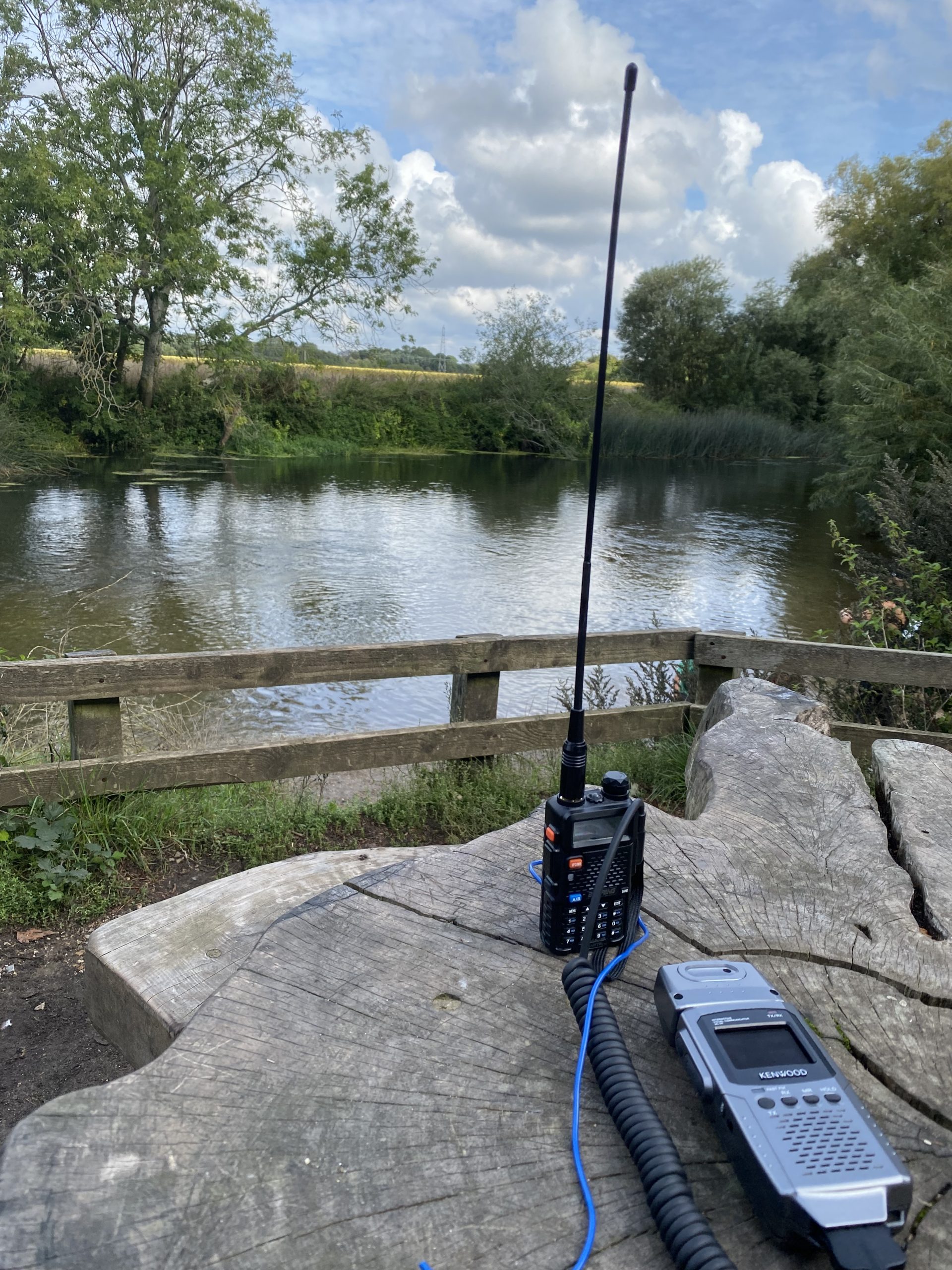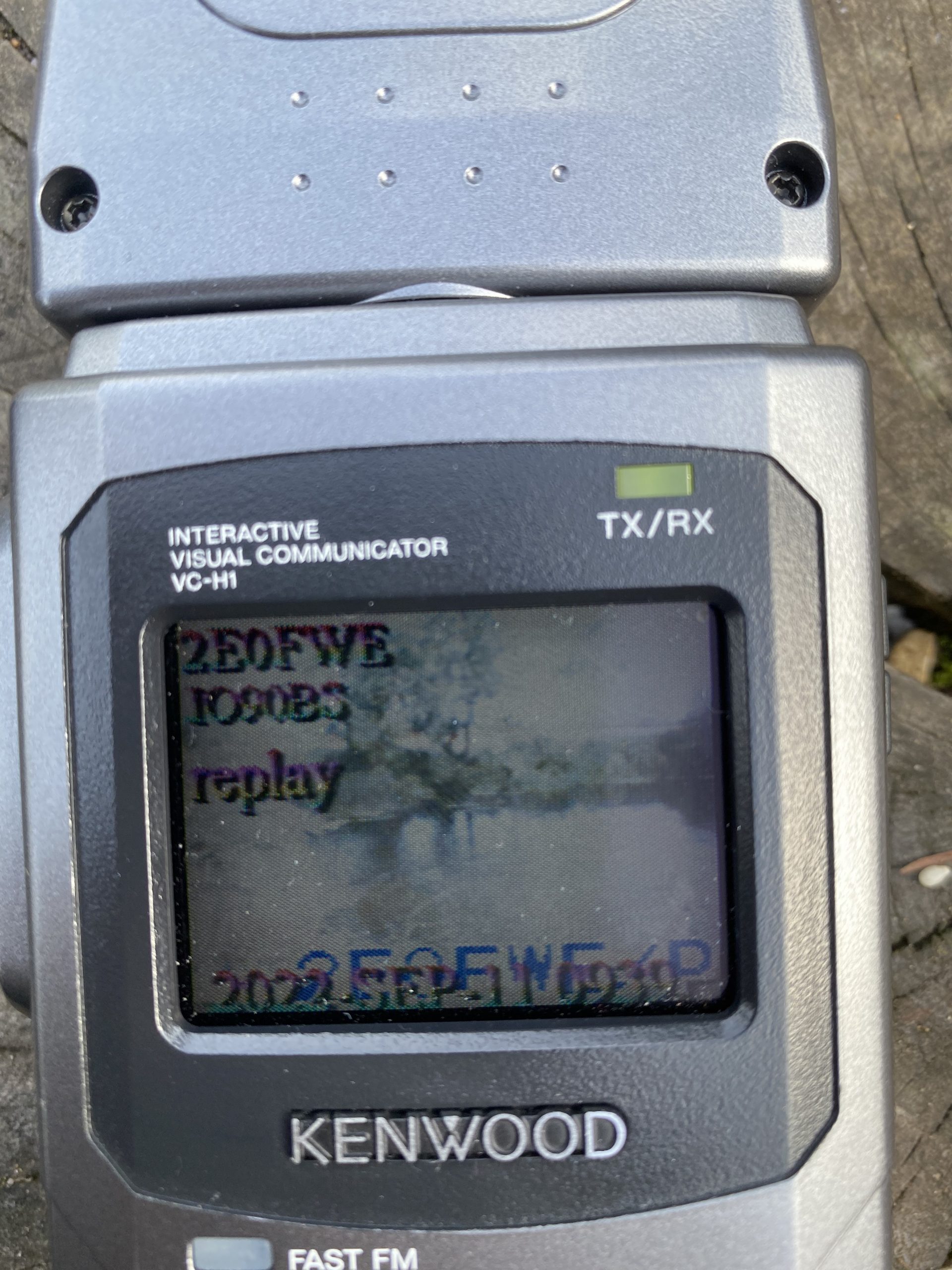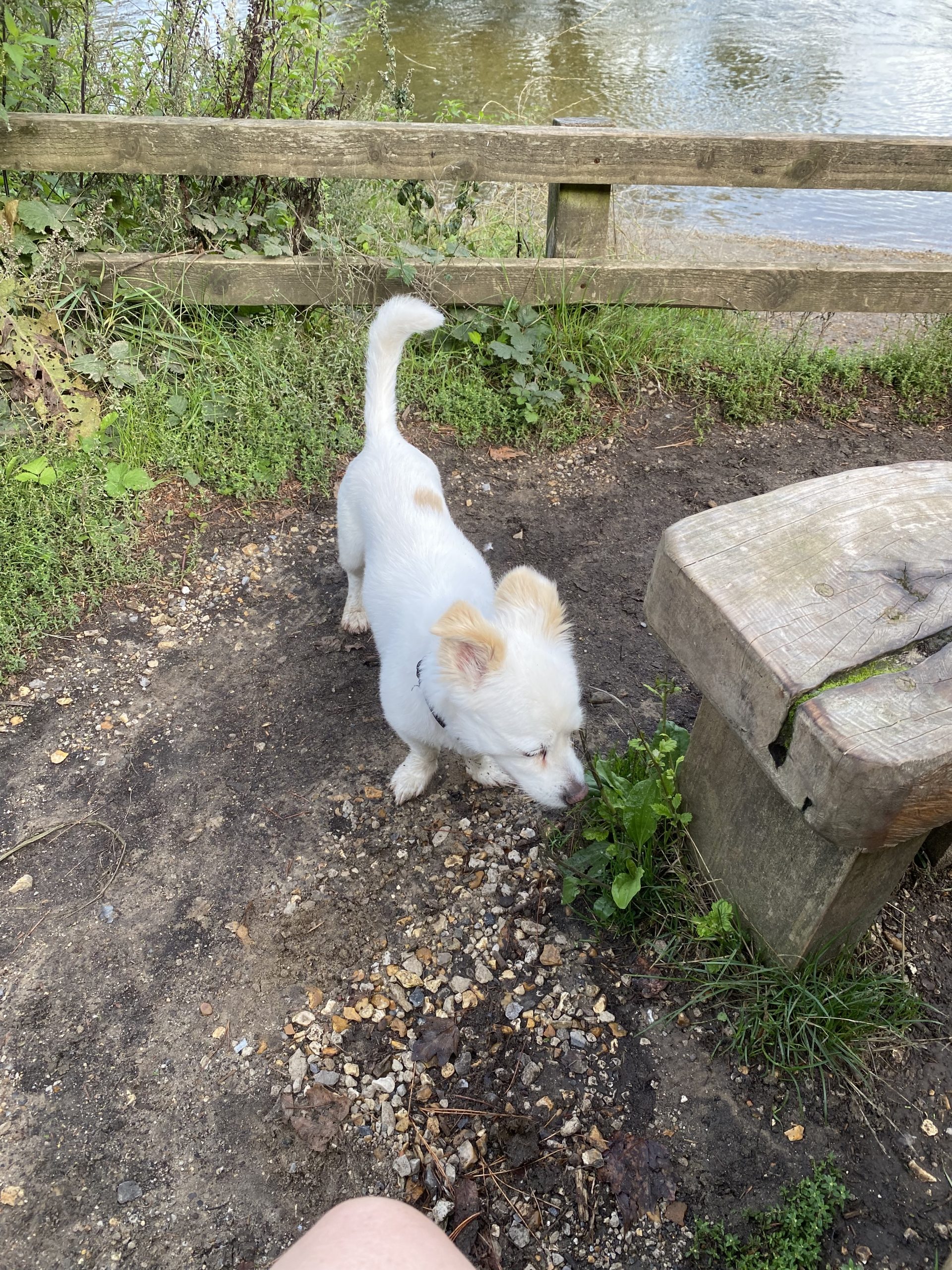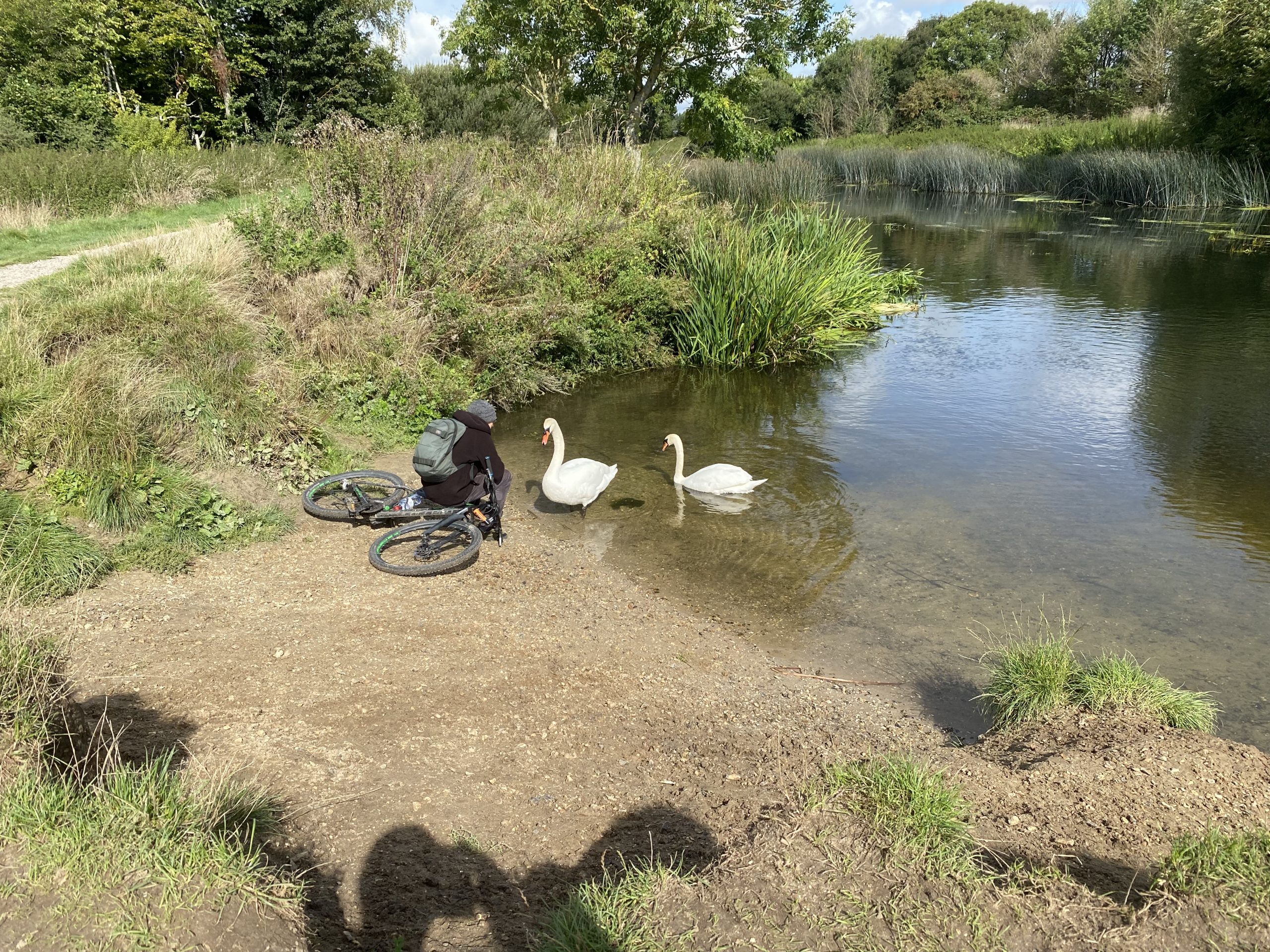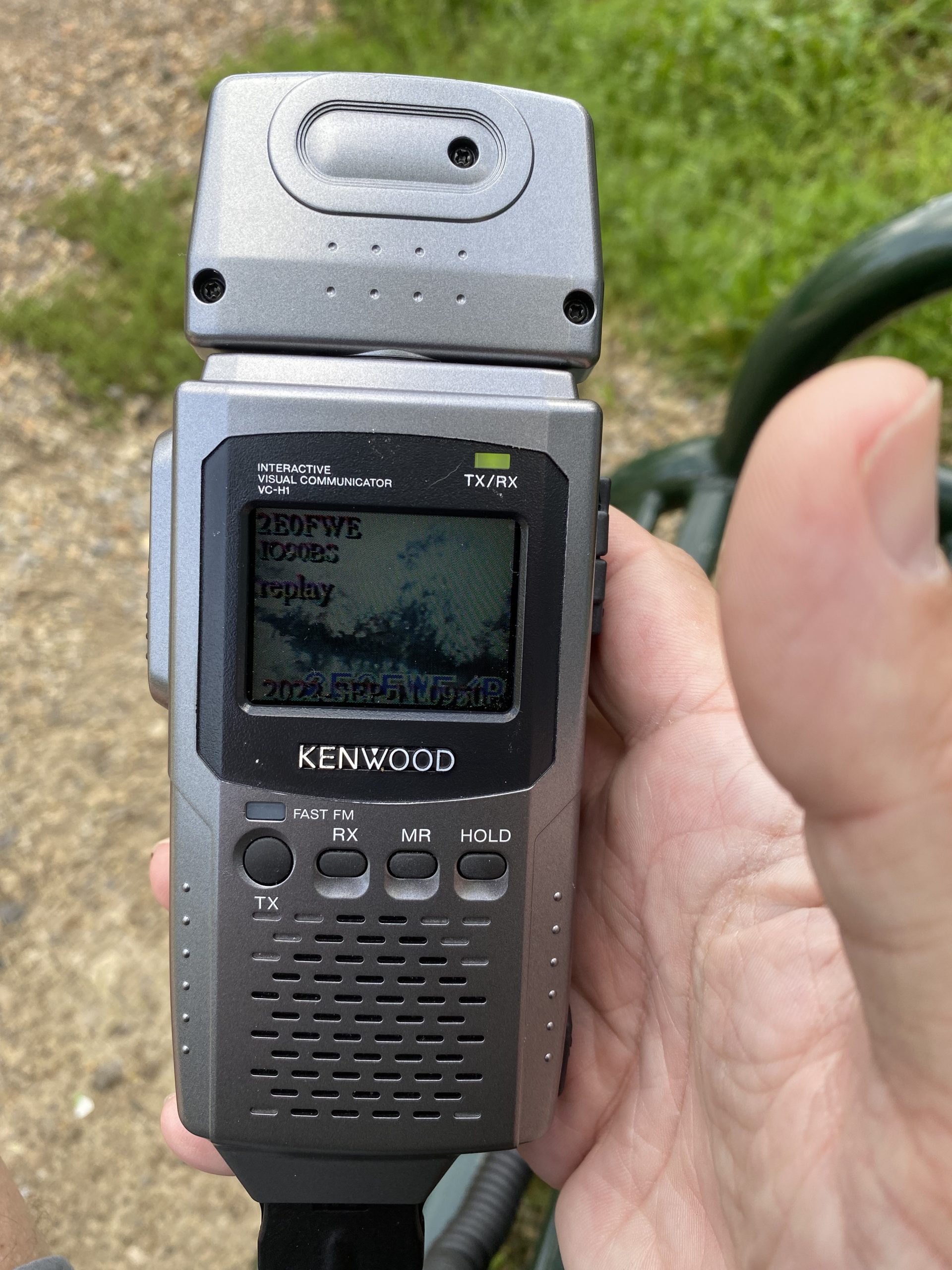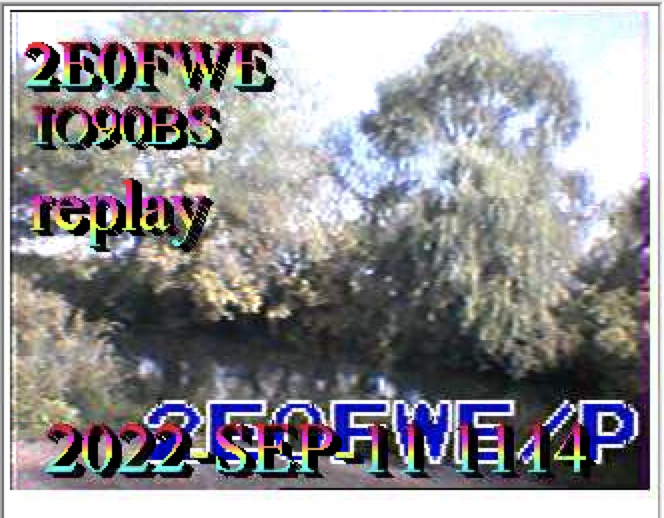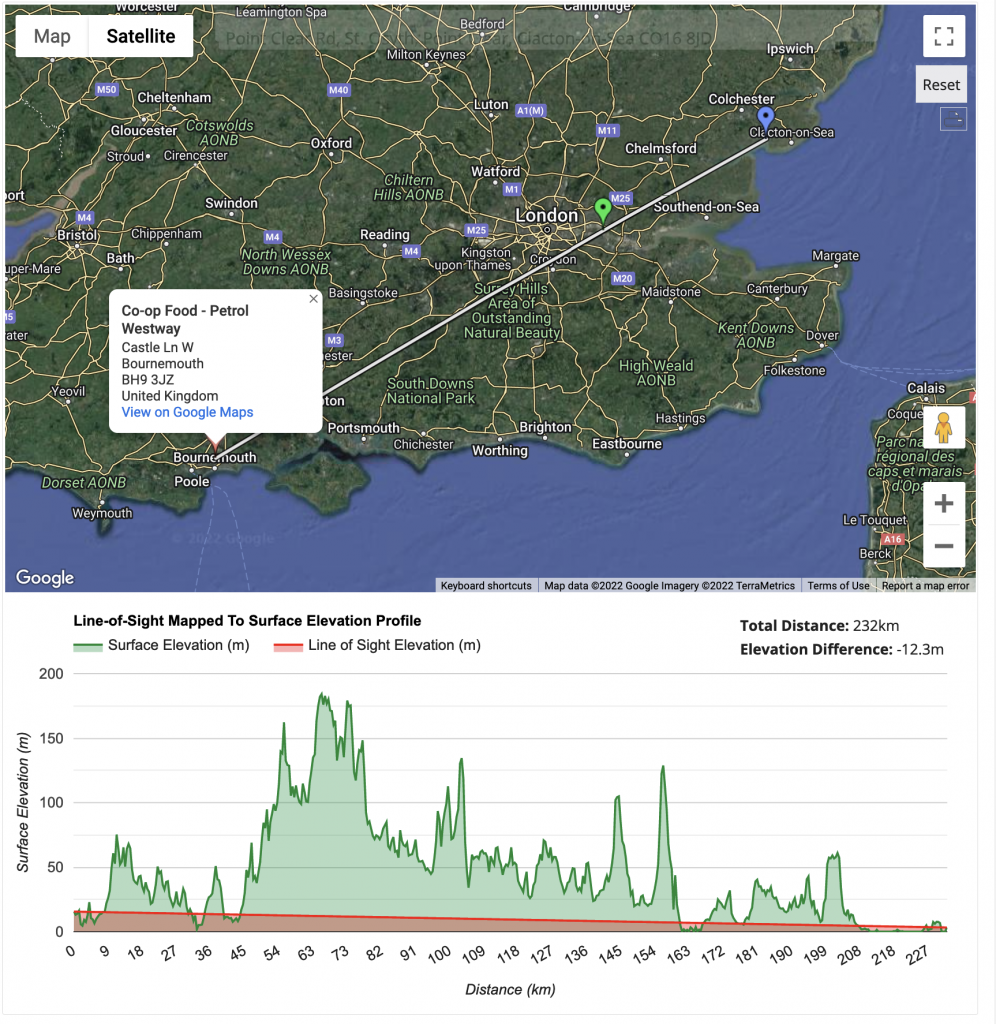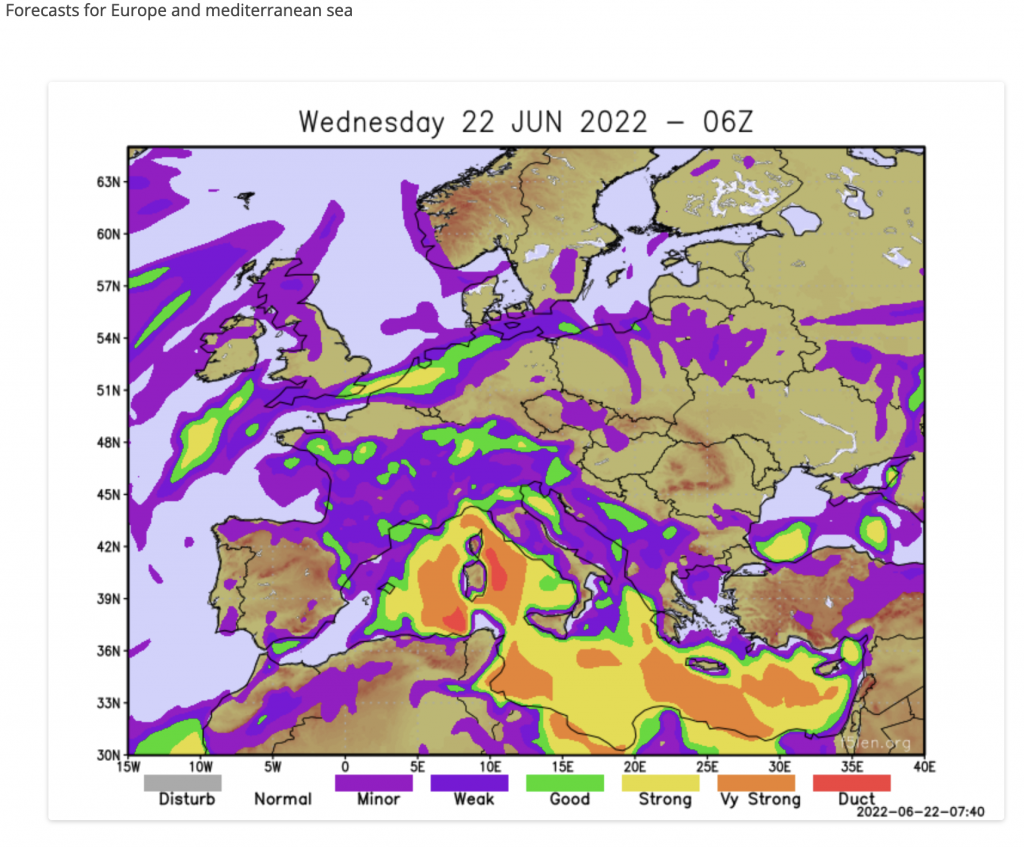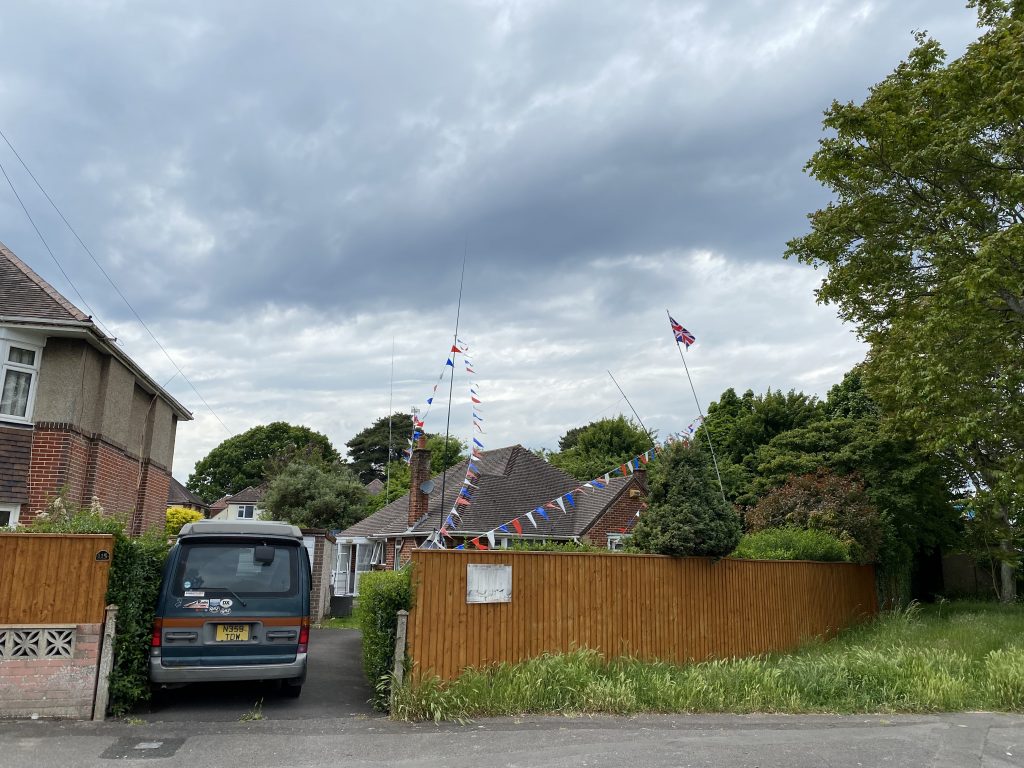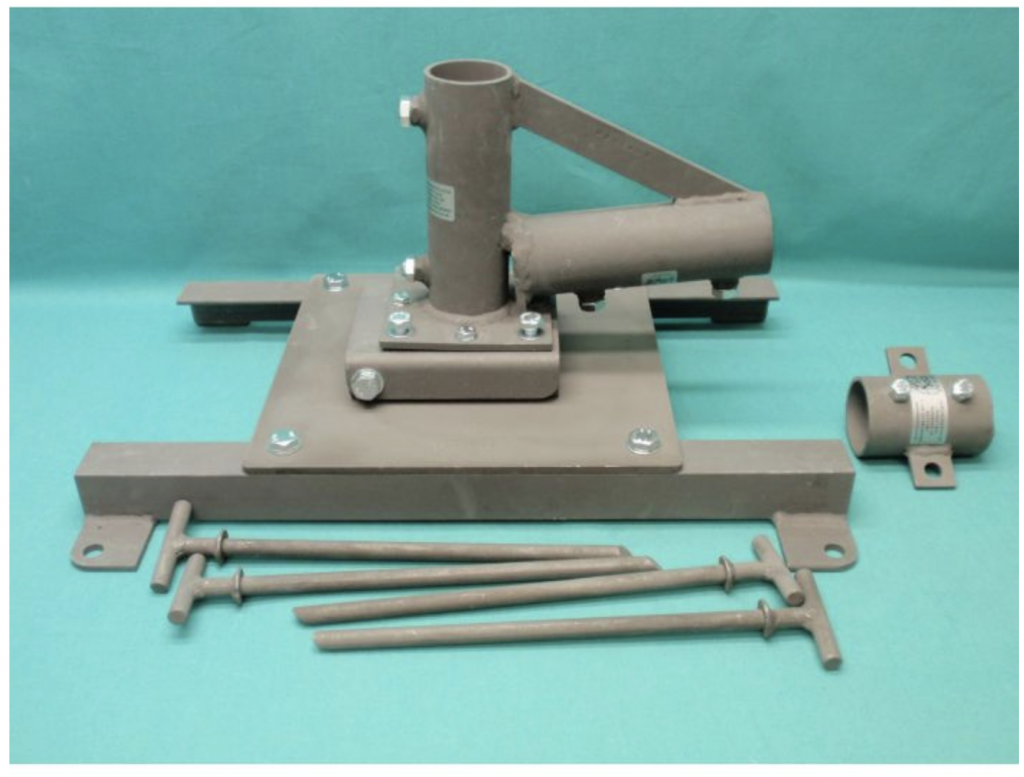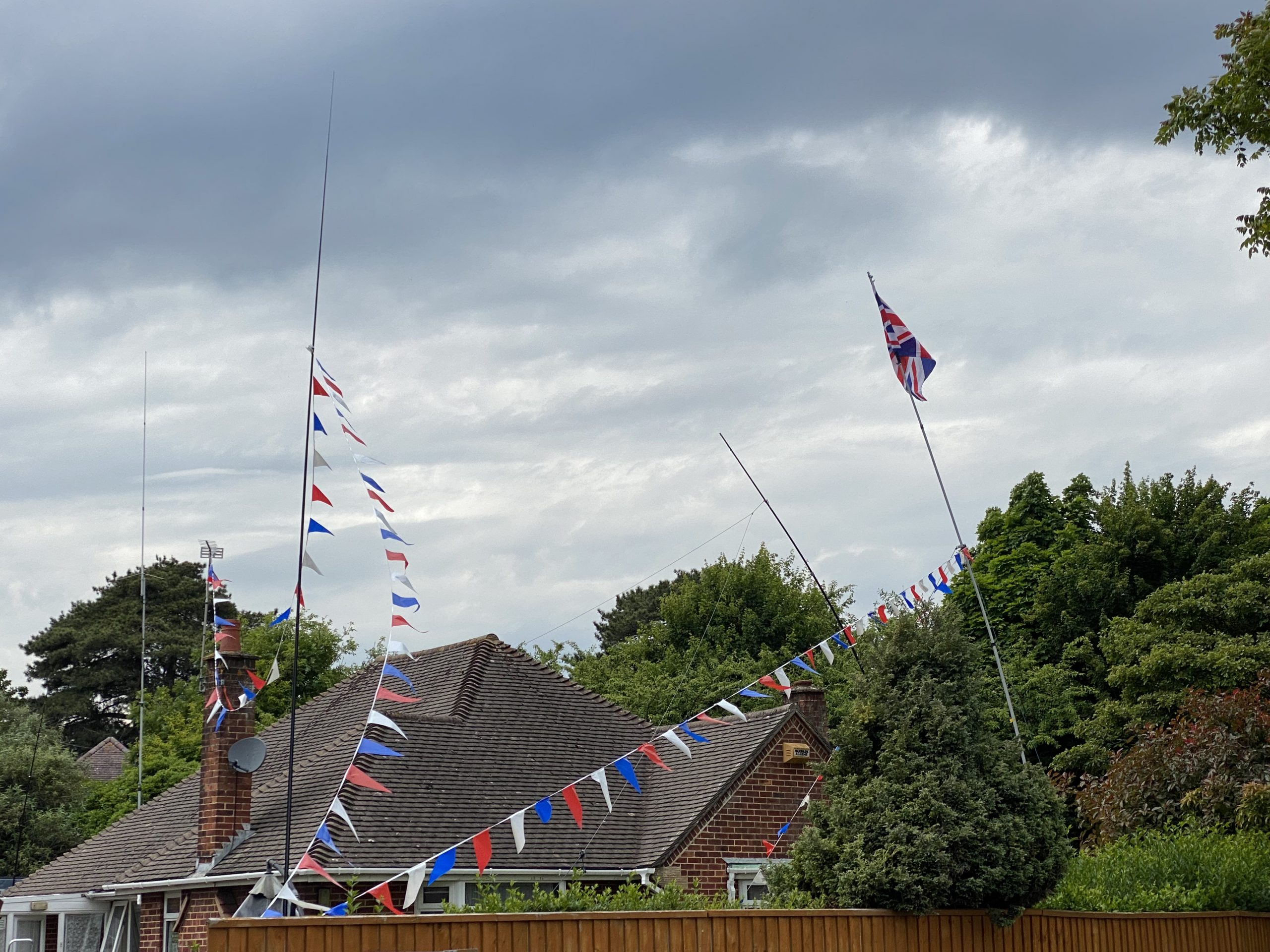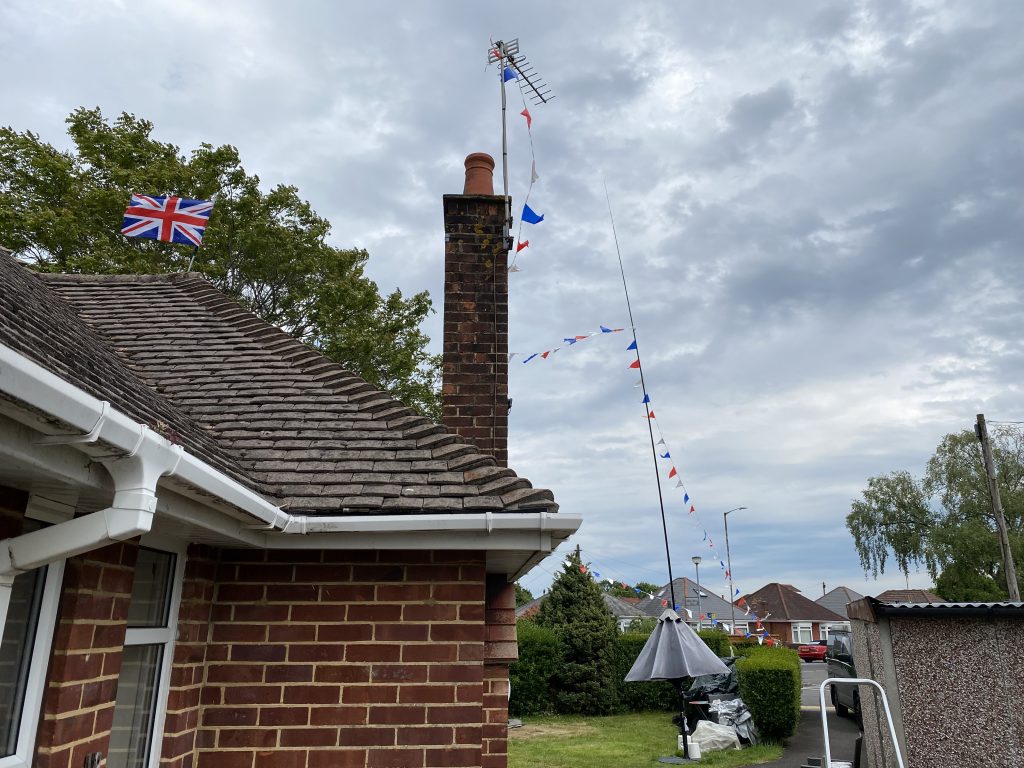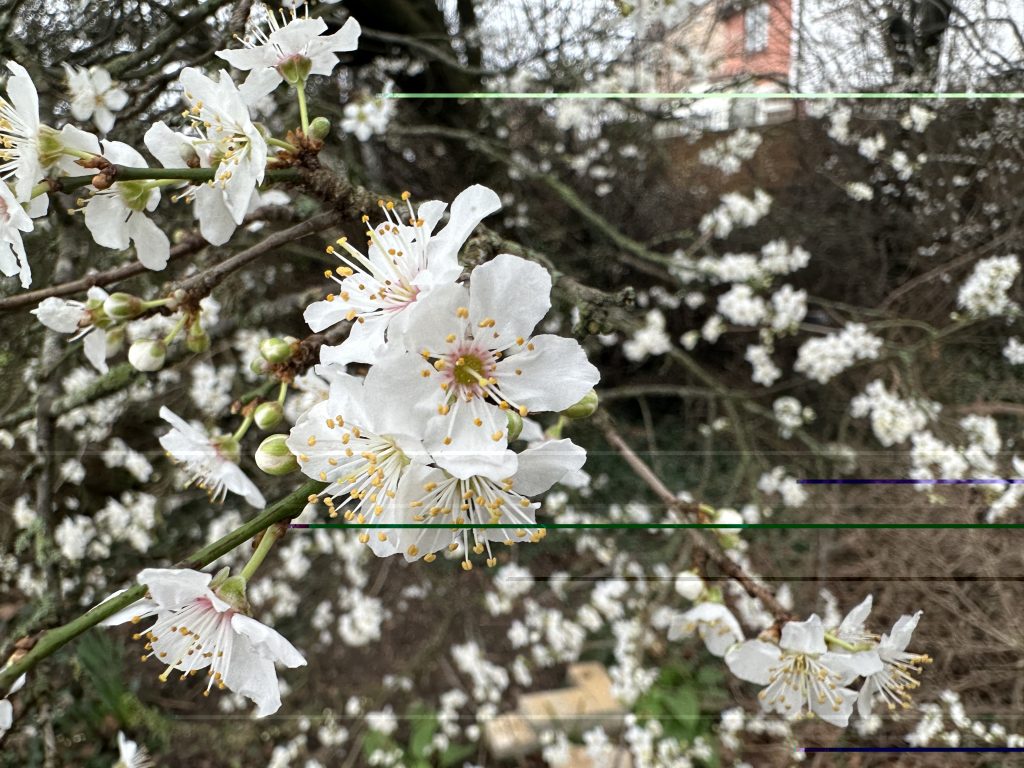
Some lovely sun kept the chills off today with flowers blooming and when it reach mid afternoon looked like turning into a great afternoon evening, I thought it would be great to make an impromptu visit to Bolderwood to try a PoTA activation.

I had everything packed away, i did one quick check for the power beiing packed, which it was, but had no idea on the battery level of the laptop, I knew I had used it recently so it shouldnt be too low. I headed off and it was great to to Bolderwood which whilst still pleasently busy, didnt feel over crowded. I’m sure this will change even by the end of the month !
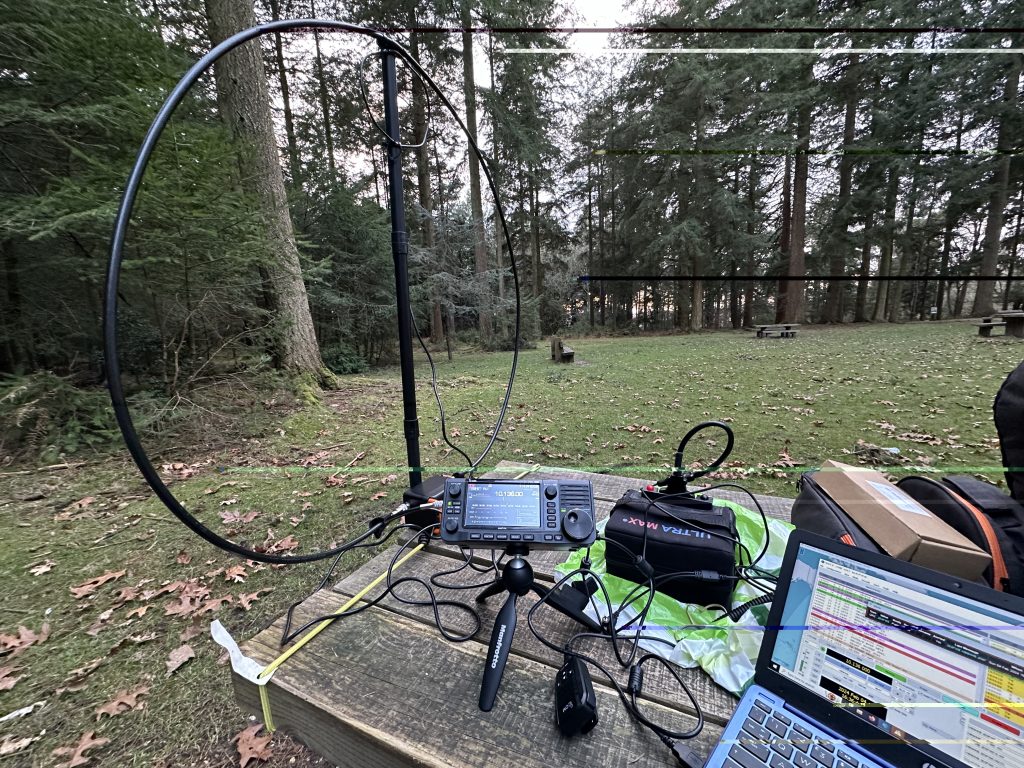
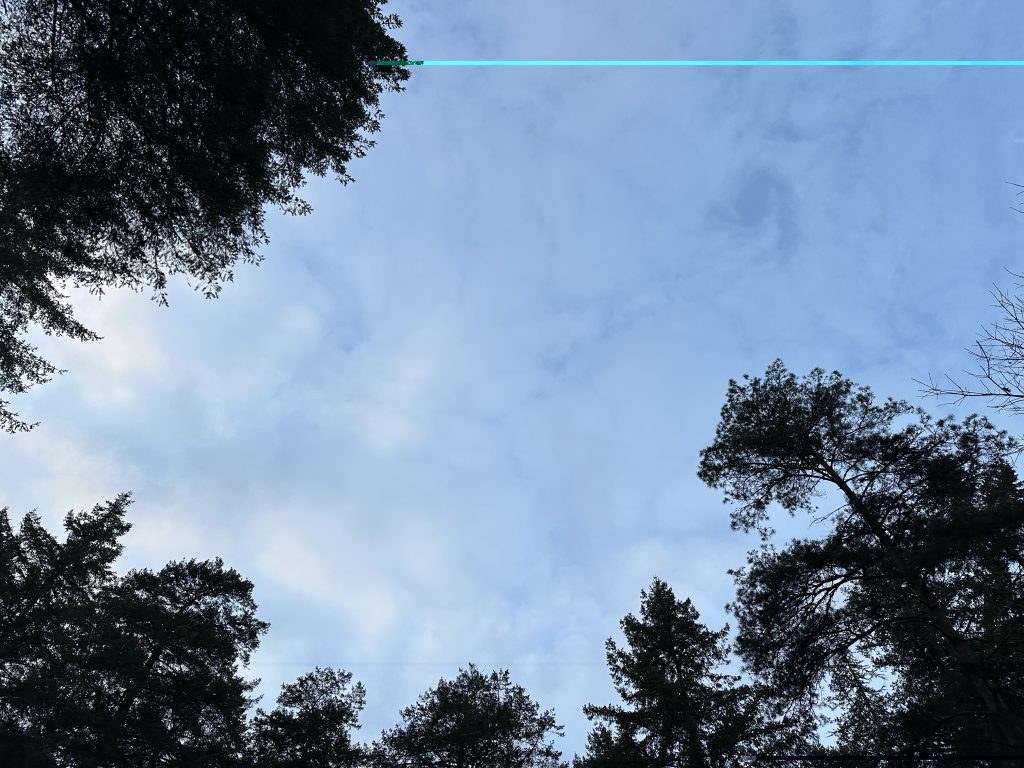
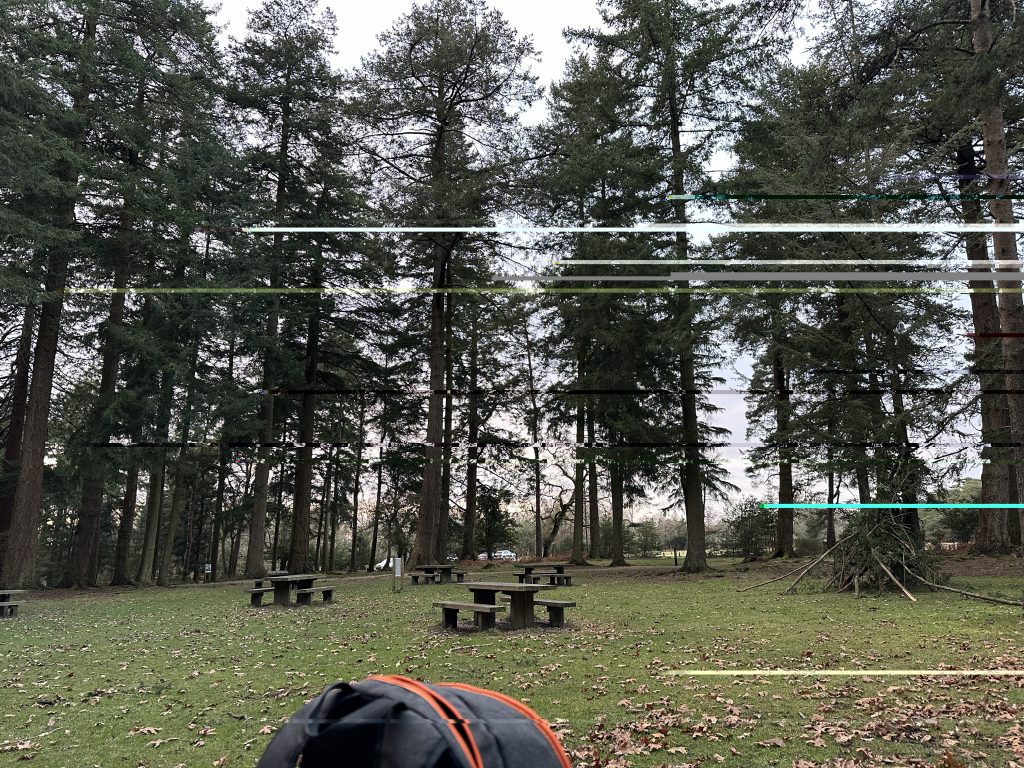
I was on the air in no time, with the Alexloop attached to the bench with a bungie and hooked into the IC705, it was easy to tune into 30m to start with for FT8. I chose 30m as I had alot of contacts at home and its not a band I used /P for POTA before, I made 4 contacts within 10 minutes, so wasnt disappointed. I then moved to FT4 on 20M – it was *busy* even finding a gap in FT4 was getting tricky, but I was glad to find a gap and get out. The laptop was down to 40% power by now, so I stuck it in energy efficent mode, which kept the battery going without issue and no adverse effect on the radio/USB connection.
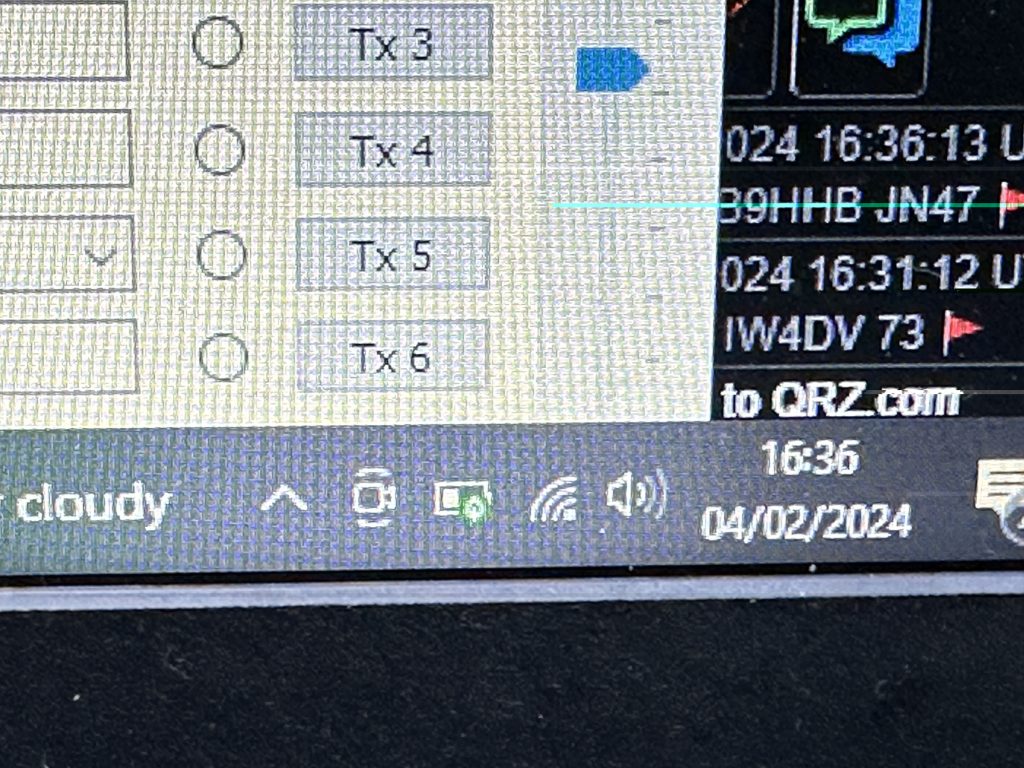
I was pleased with a series of rapid FT4 QSOs on 20m, i later learned these where all PoTA Hunters – whilst I’m amazed by them all in the distance, ranging from Austria and Spain in Europe, it was the DX contact with KC1MMC that blew me away – 3217 miles on 10W of power on a mag loop, I was really happy to say the least.
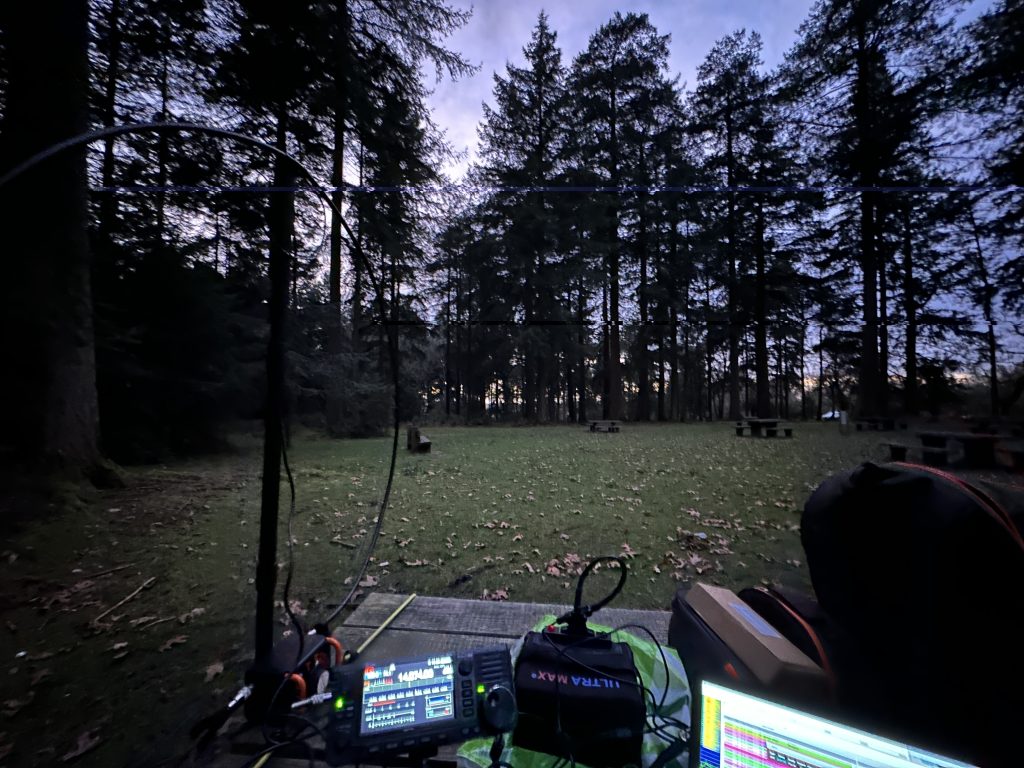
As the sun went down the volume of QSO’s on 20M just kept rolling in, from 17:17 to 17:25 I was having a QSO on FT8 every 2 minutes ! I had to call it a day as it was getting dark and wanted to get my equipment put away safely, but I think I enjoy coming out at dusk – maybe a small lamp or pen-light will be worth bringing next time.
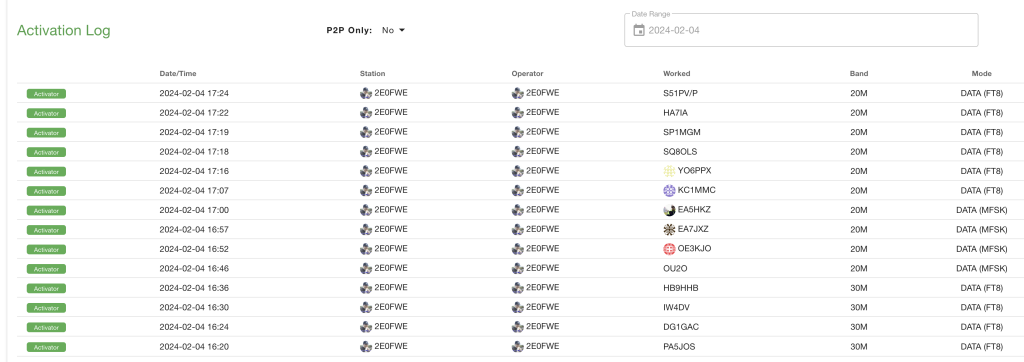
This was a really enjoyable PoTA outing with minimal planning, I was really impressed how well the antenna done and the PSK Reporter picture shows, it can really reach the entire planet !
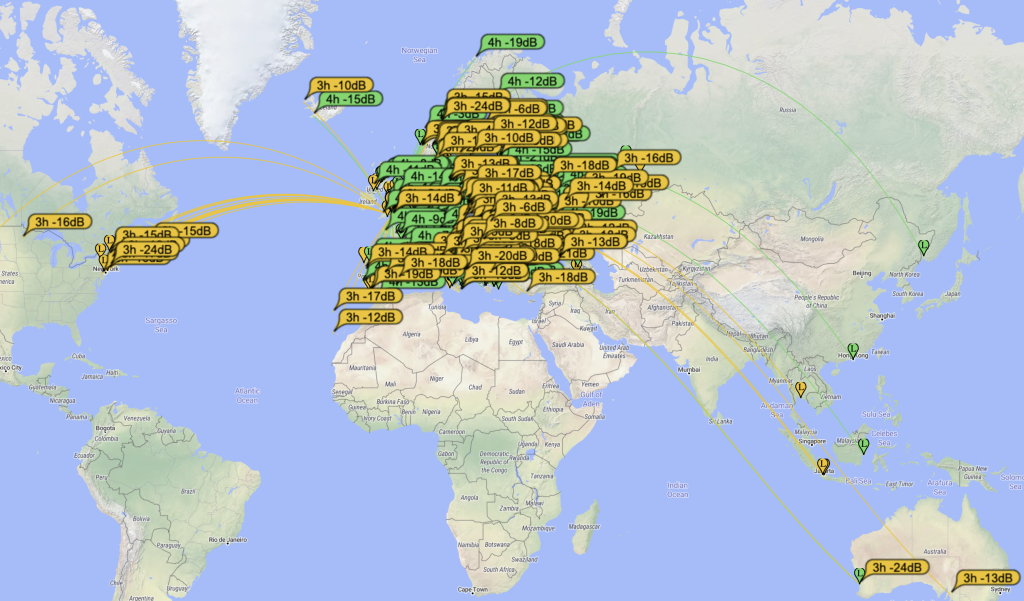
I have seen videos of great QRP Contacts and am wondering how well I would do, I really think I should give it a try the next time I am out as the setup really impresses me and think it should be good to make some telephony contacts.
Webtechnologies website update – WSPR Bands added !
I’ve been making monthly updates to my webtechnologies site, which last month I got back up and running so the code would scrape the data from the ‘updated’ WSPR old-db. I’ve now added sections that allow filtering by band. This is all transmitted via the 6BTV which is doing an excellent job of getting out on all 6 bands it is setup for.
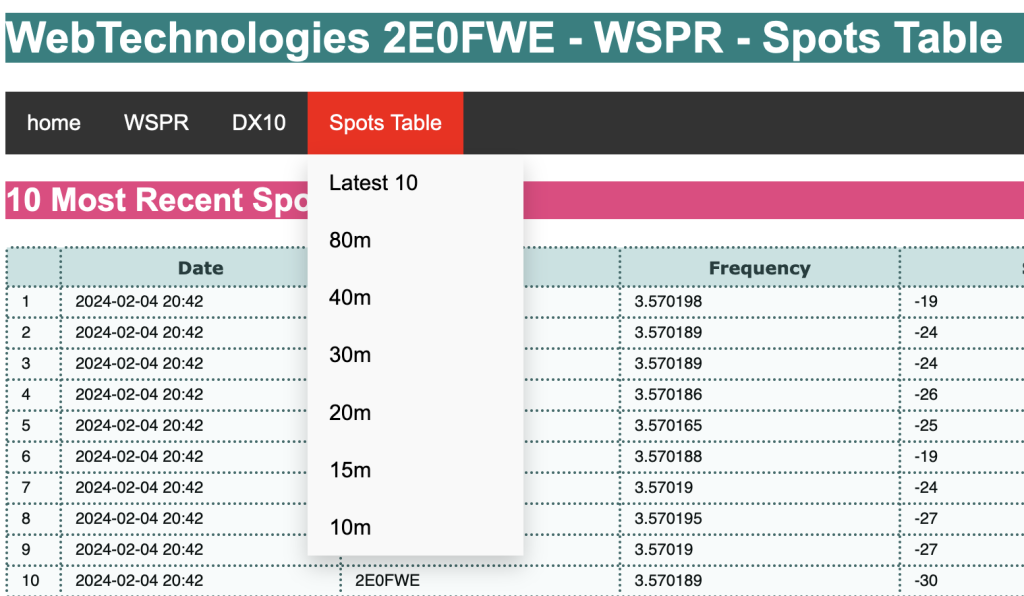
I’m aiming to keep building more features for the website each month, just small incremental changes, but I’m sure will keep adding making for a feature-rich site. There is so much that can be done with WSPR data, I really enjoy using this mode and its great ot use my programming skills for amateur radio also. Check it out at the webtechnologies site.


